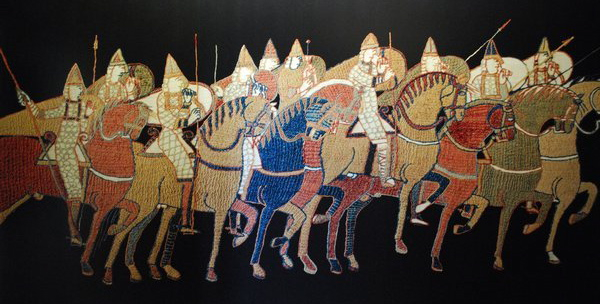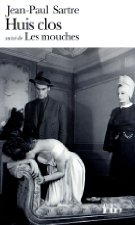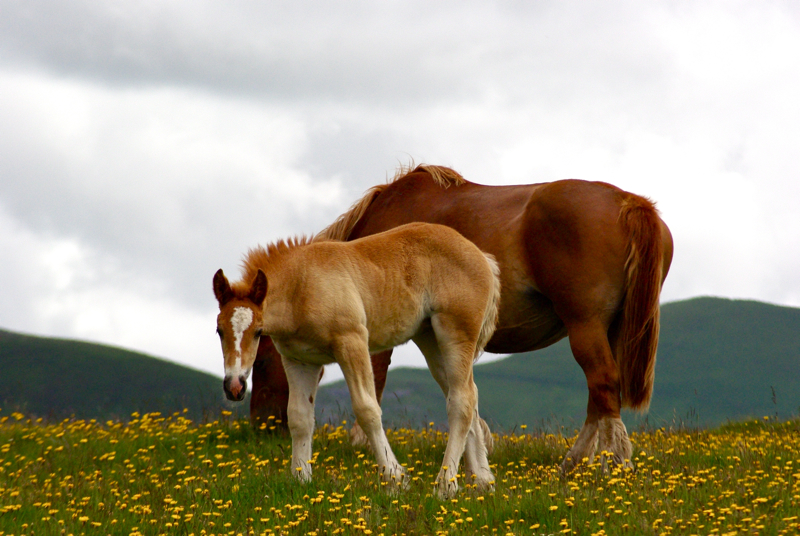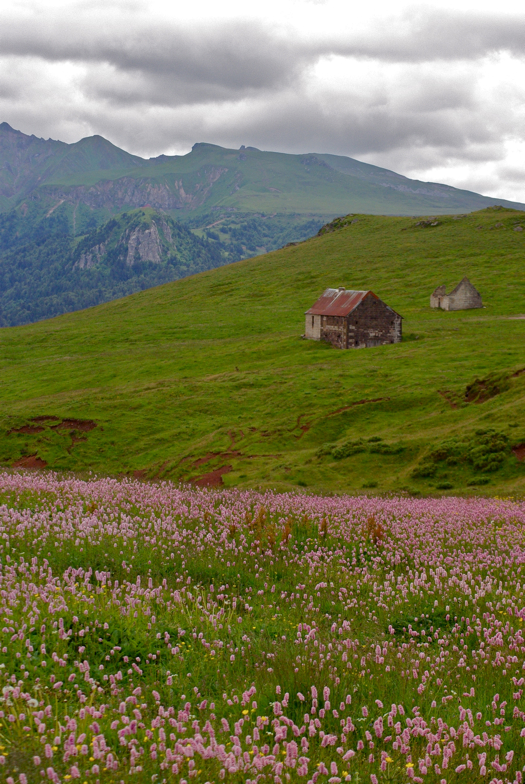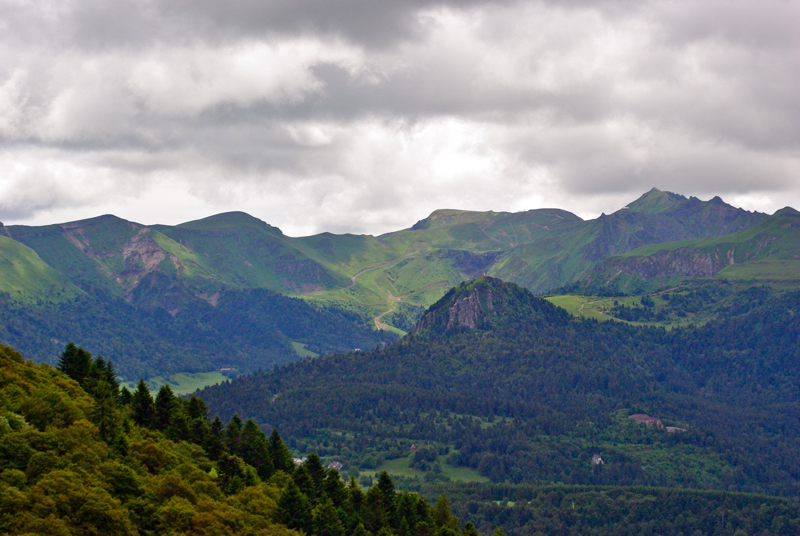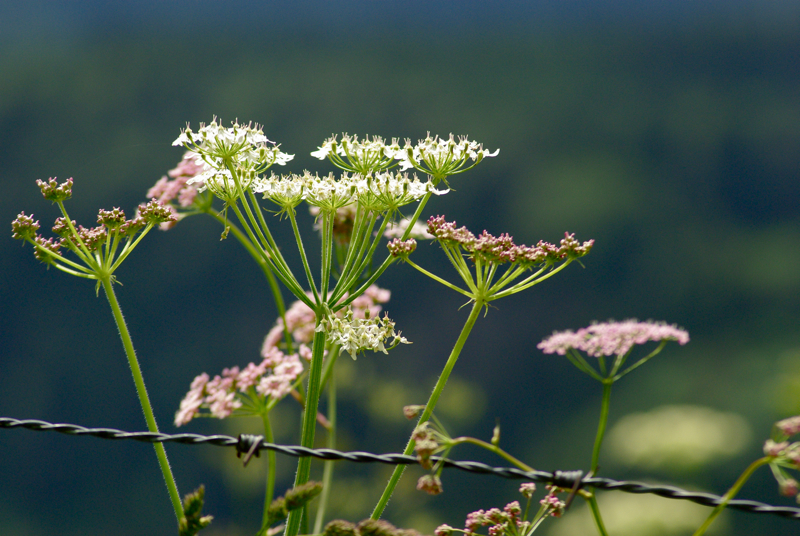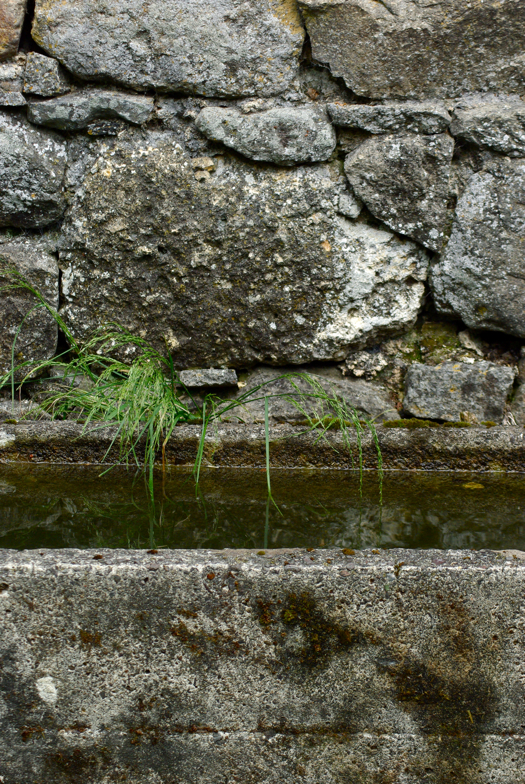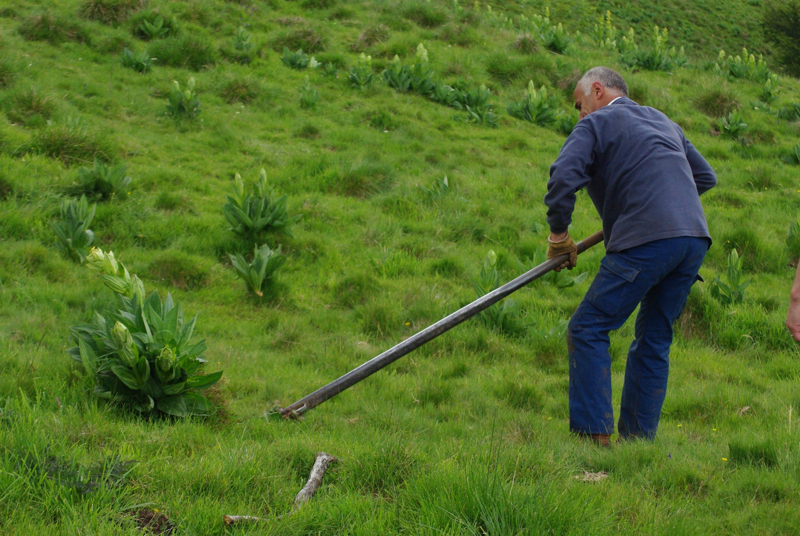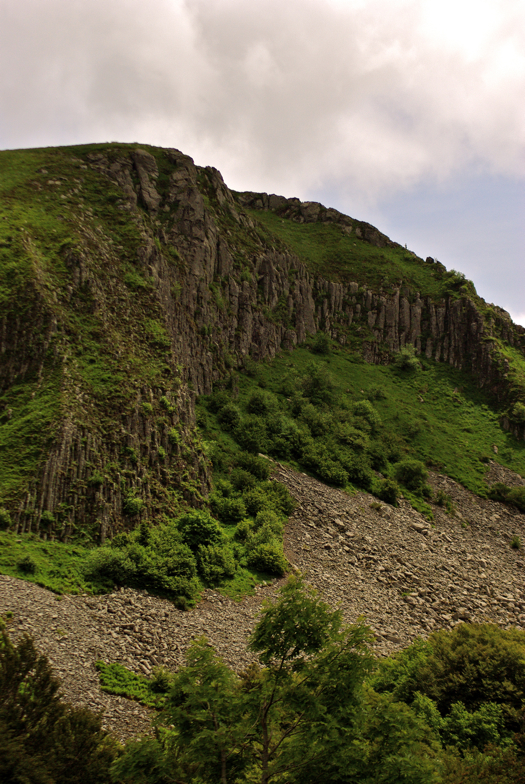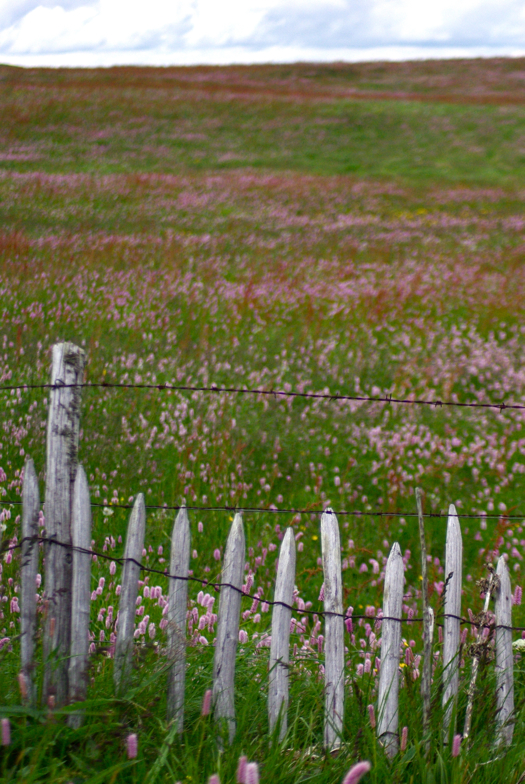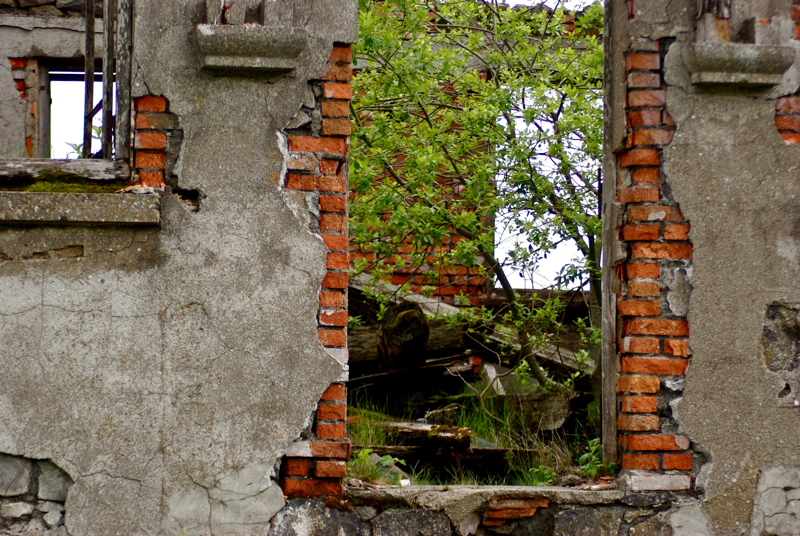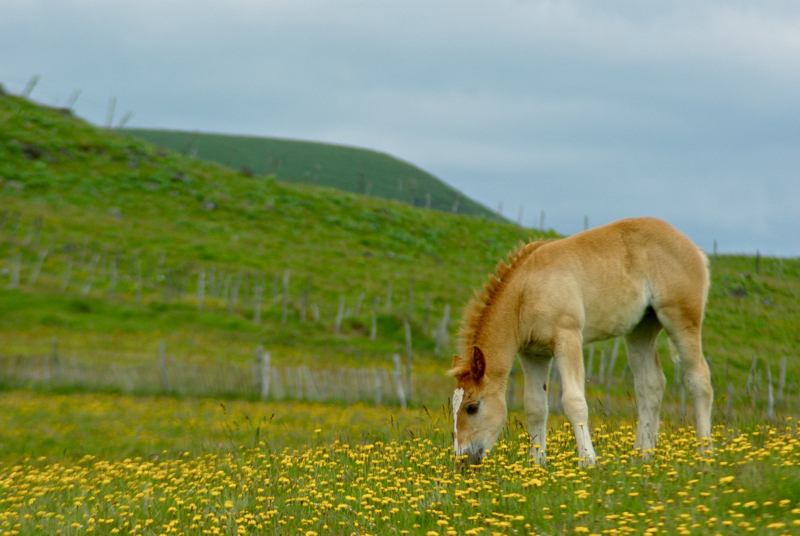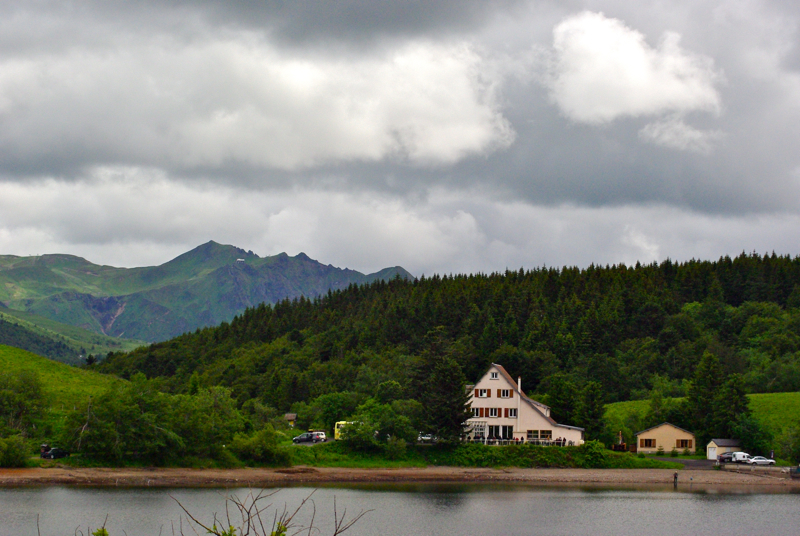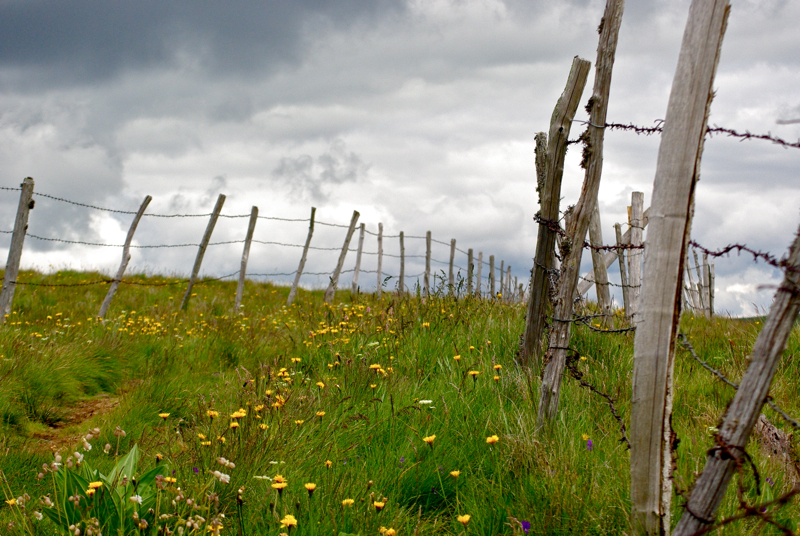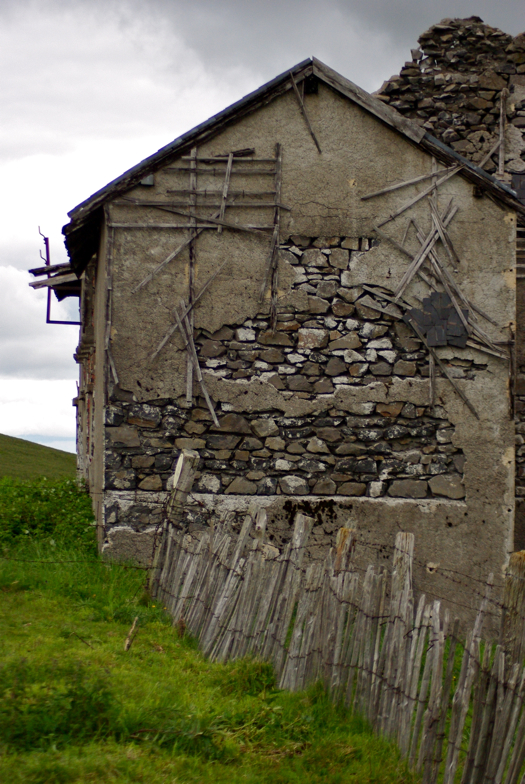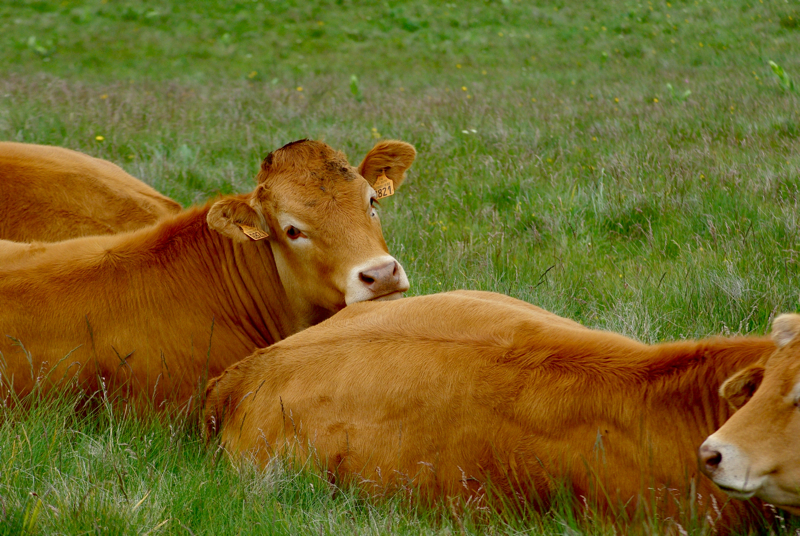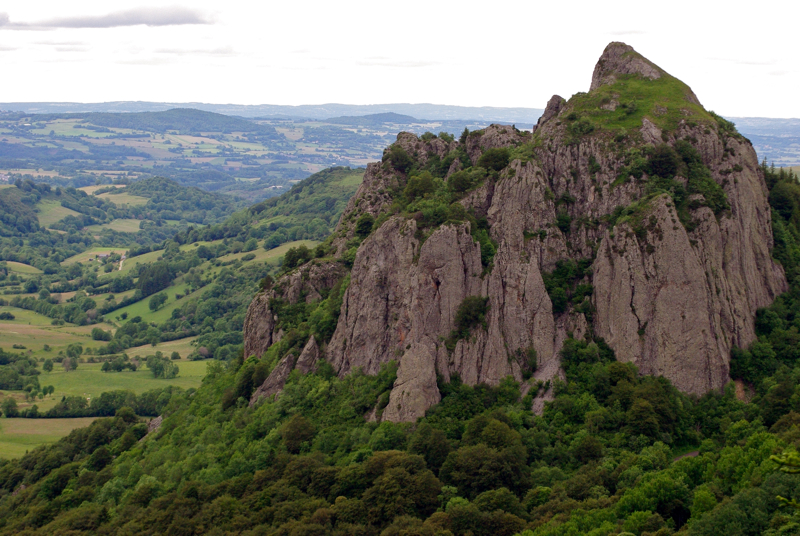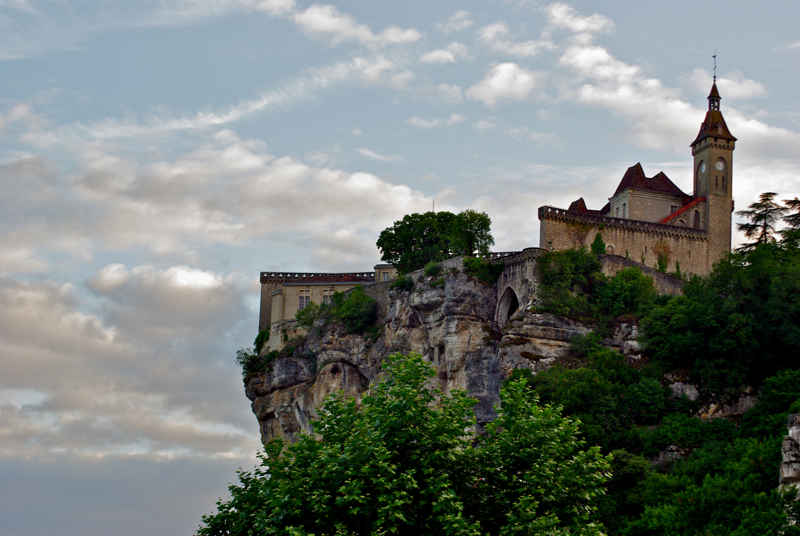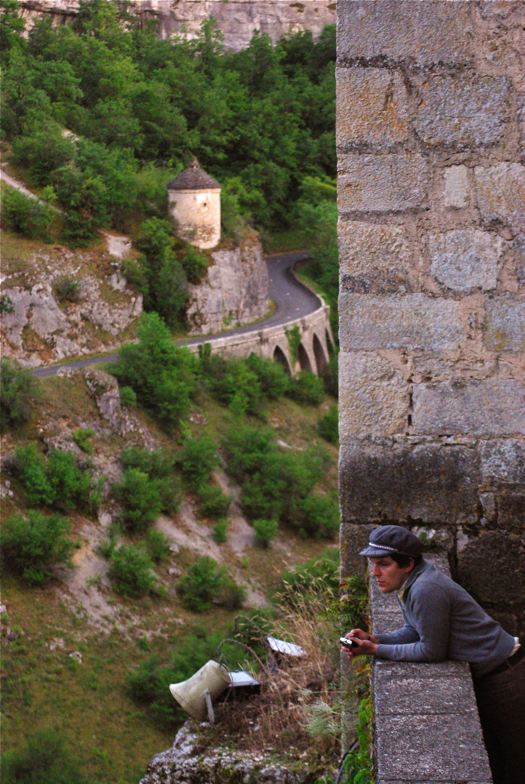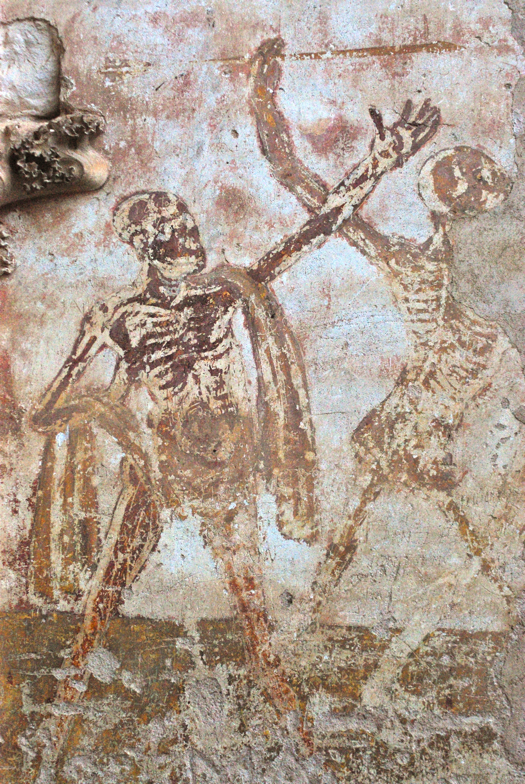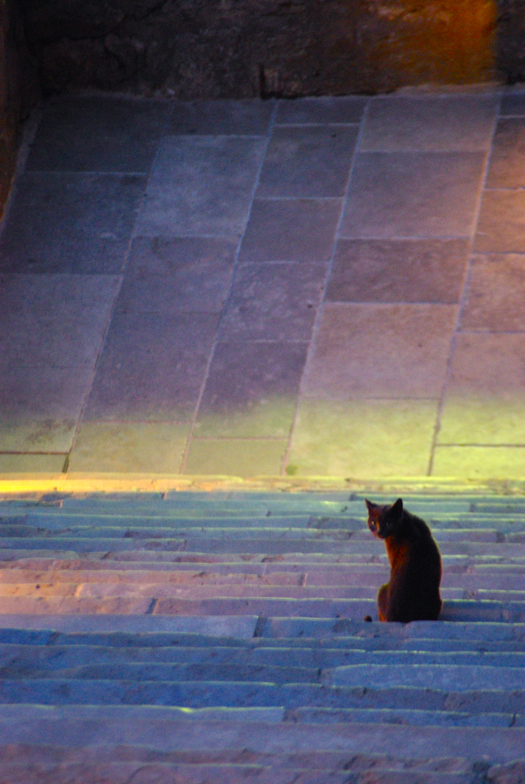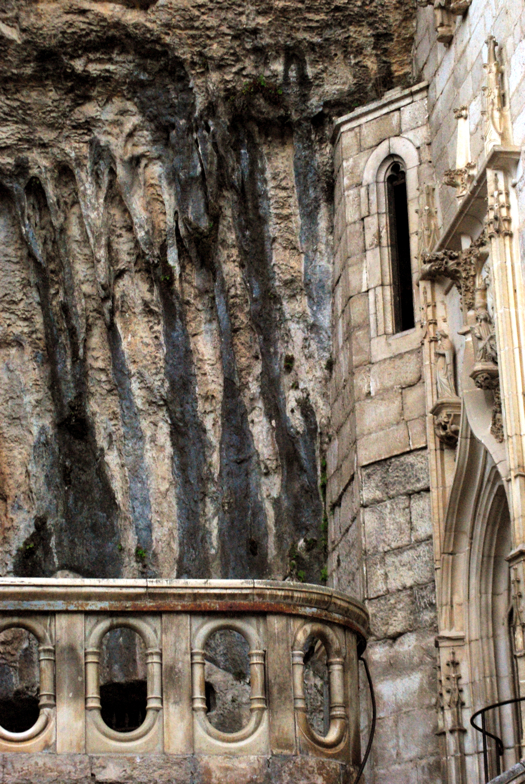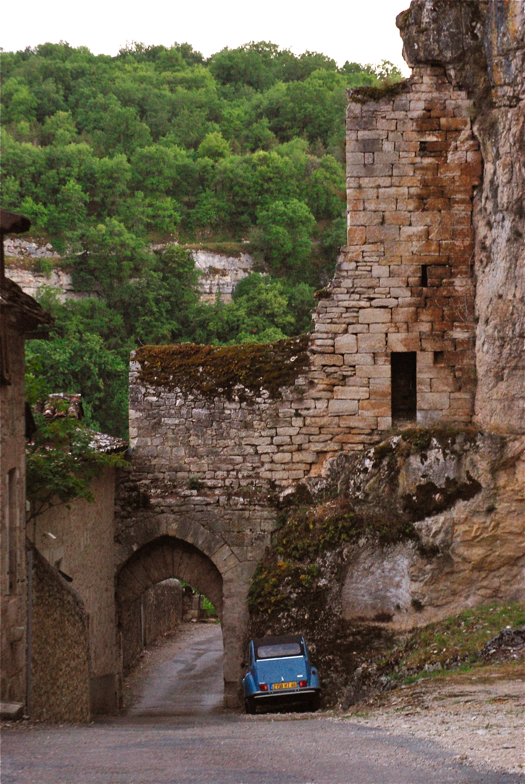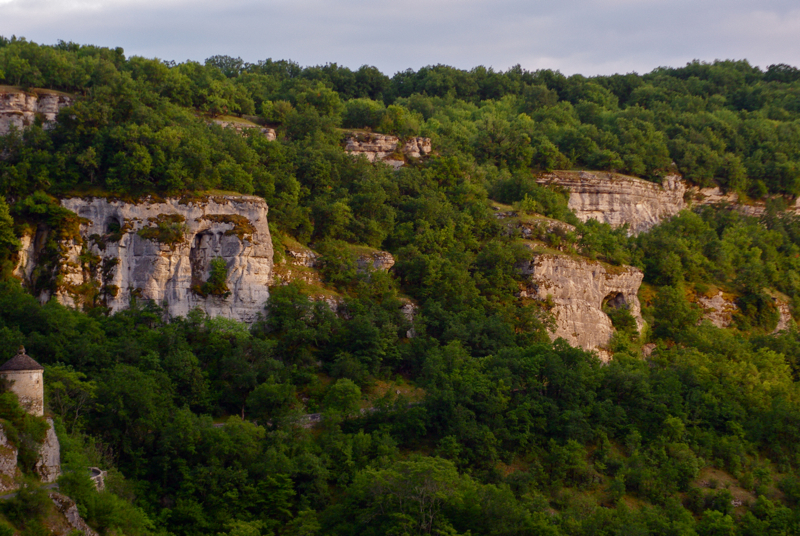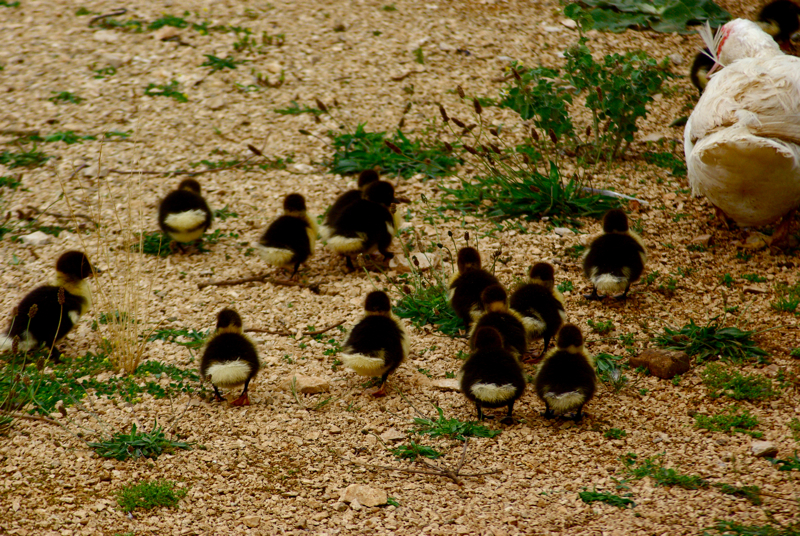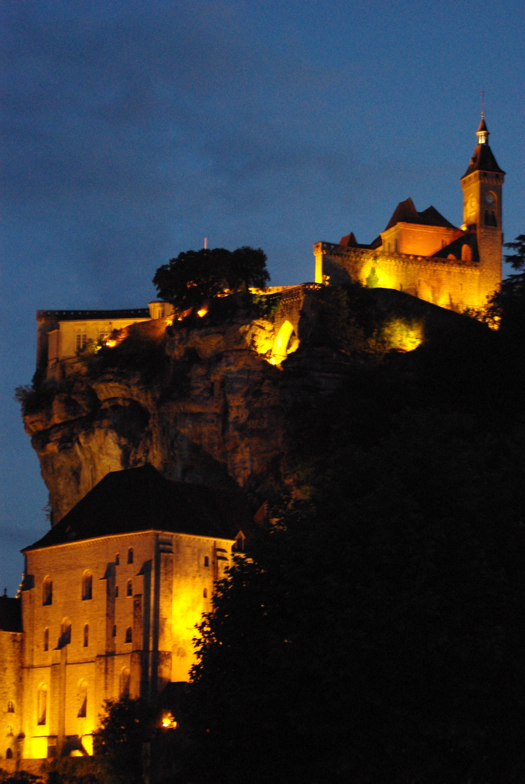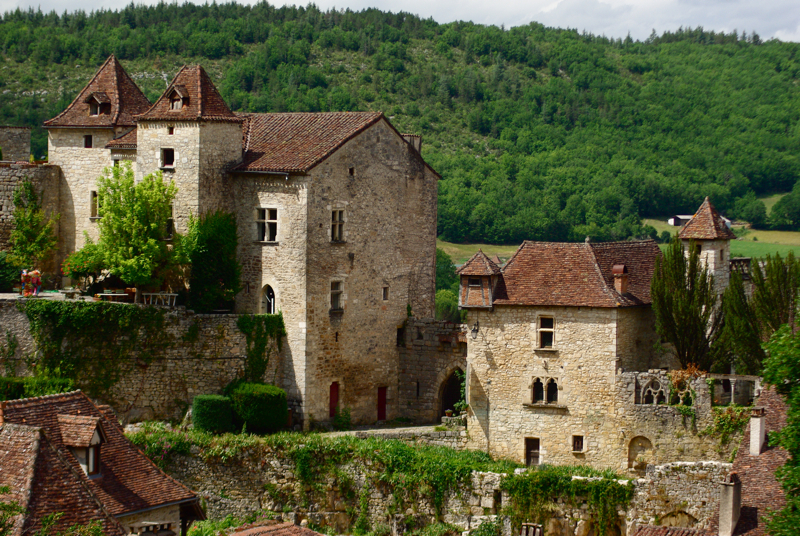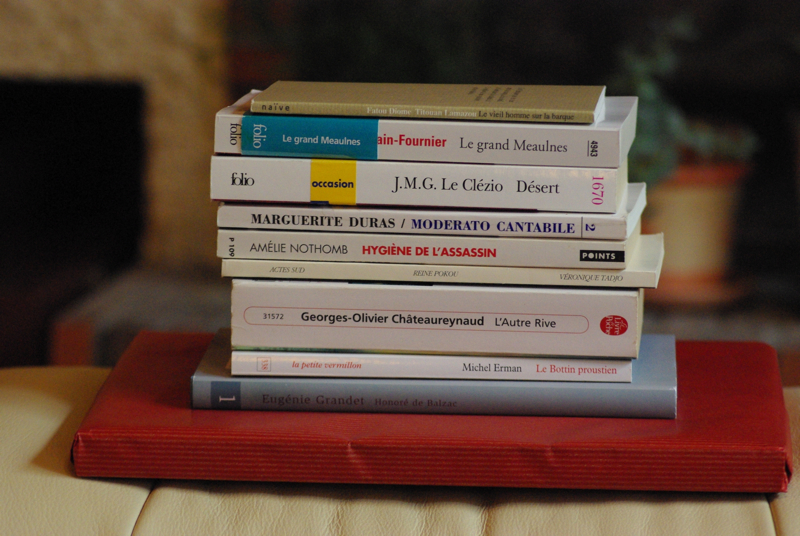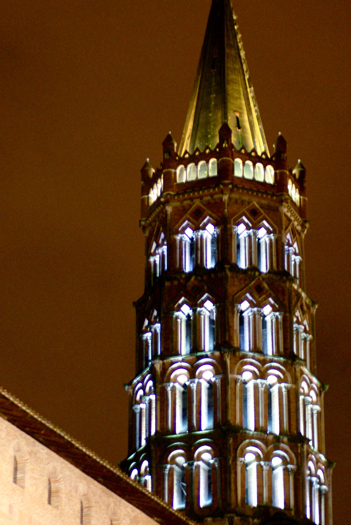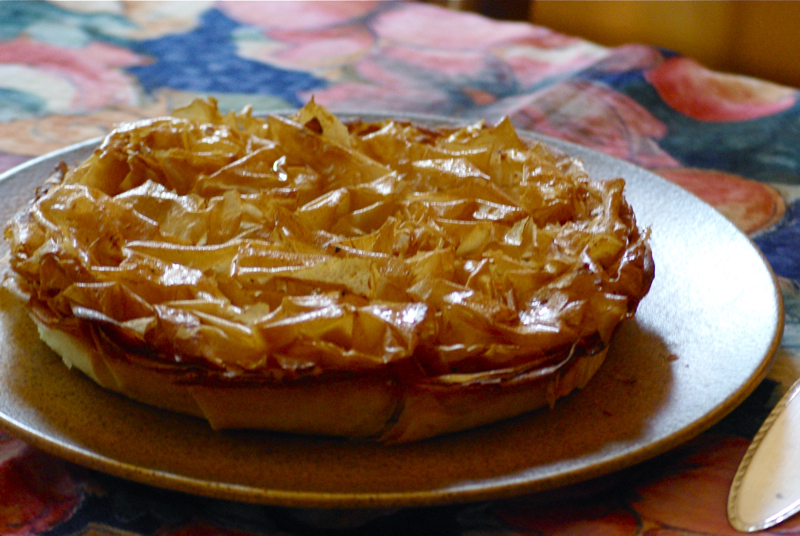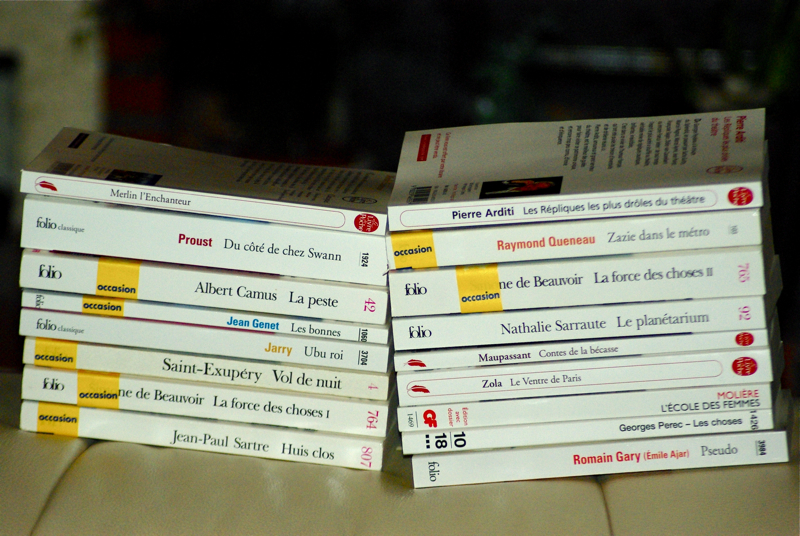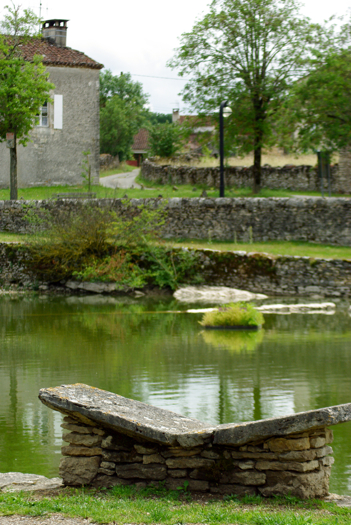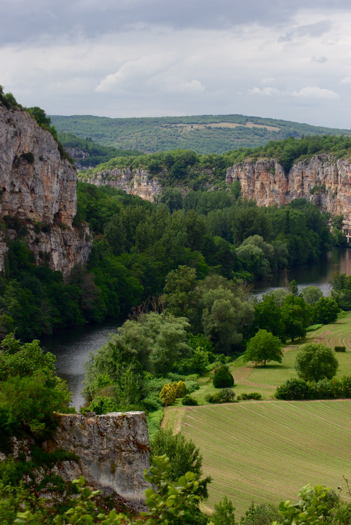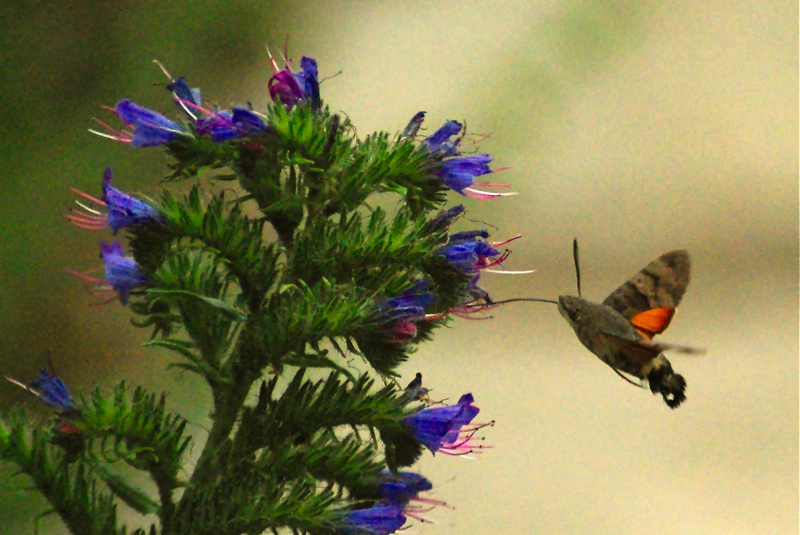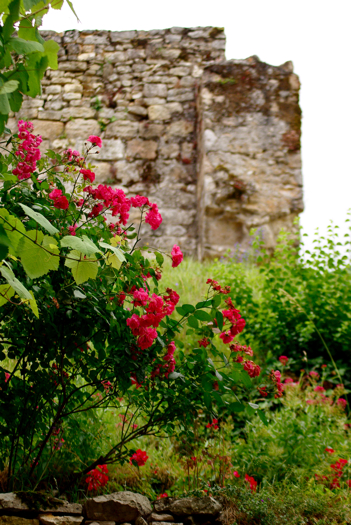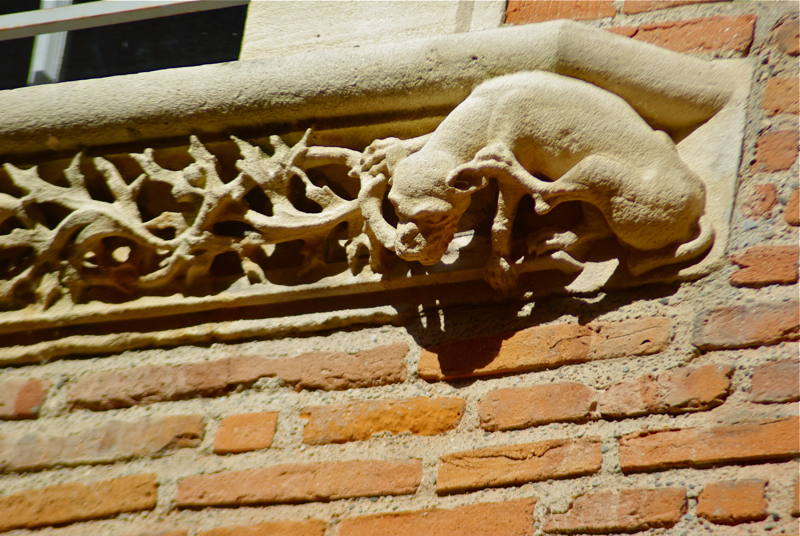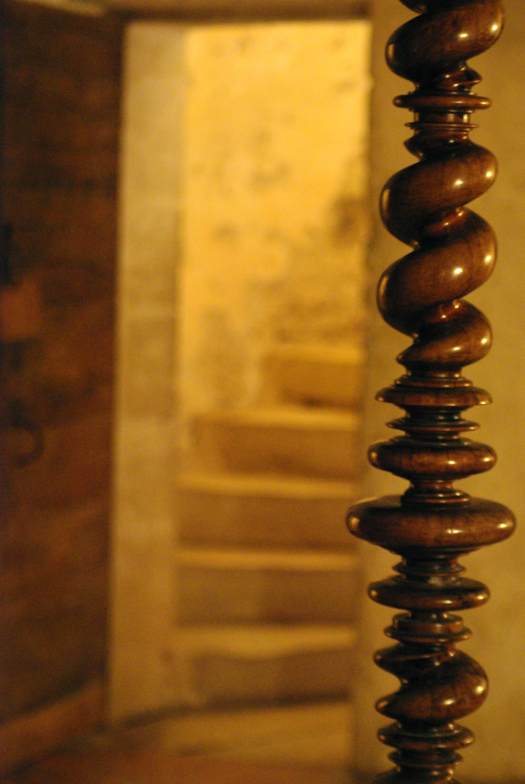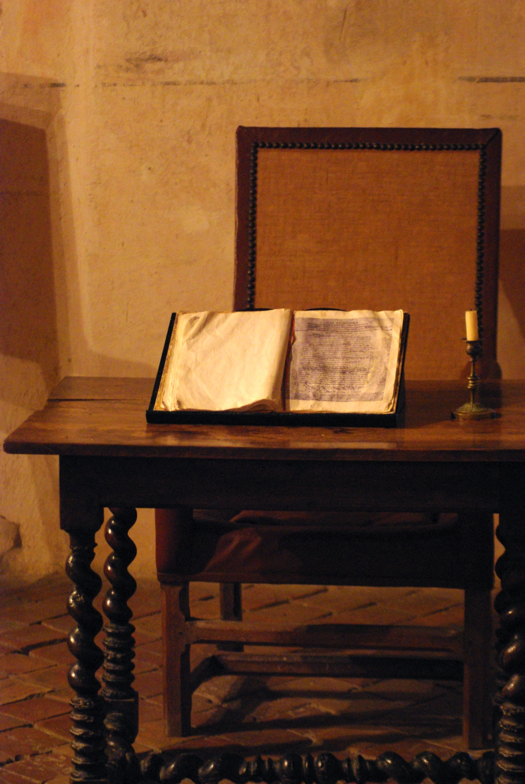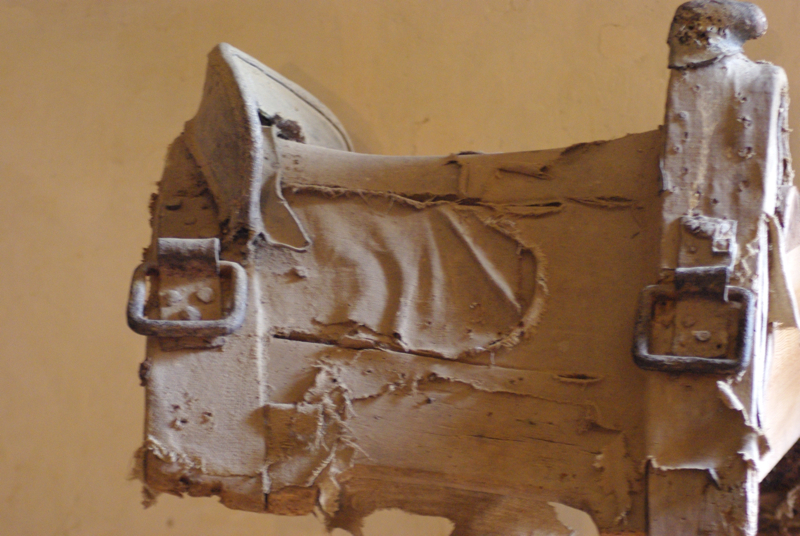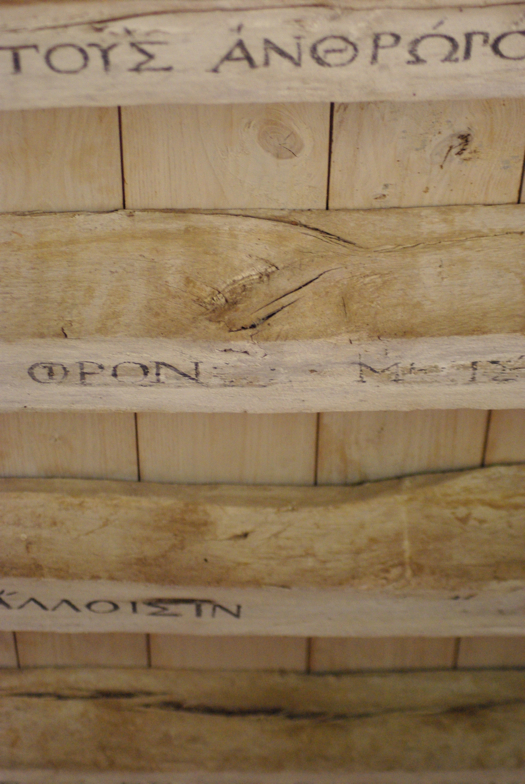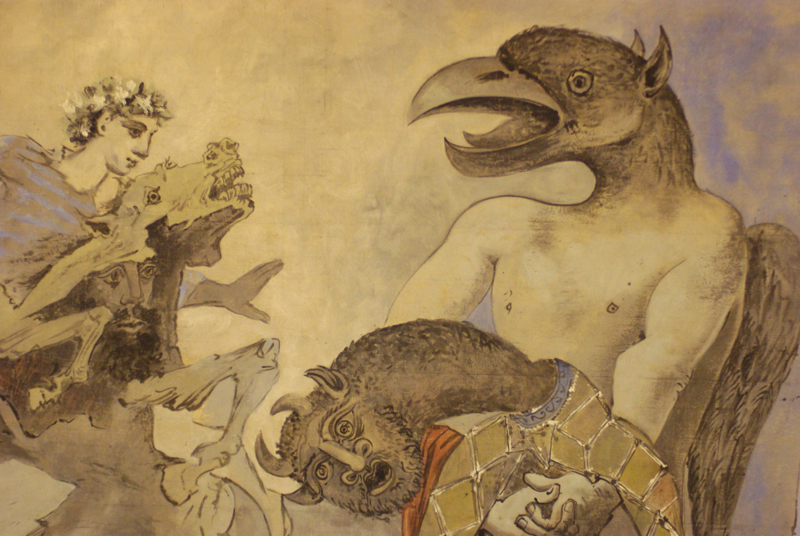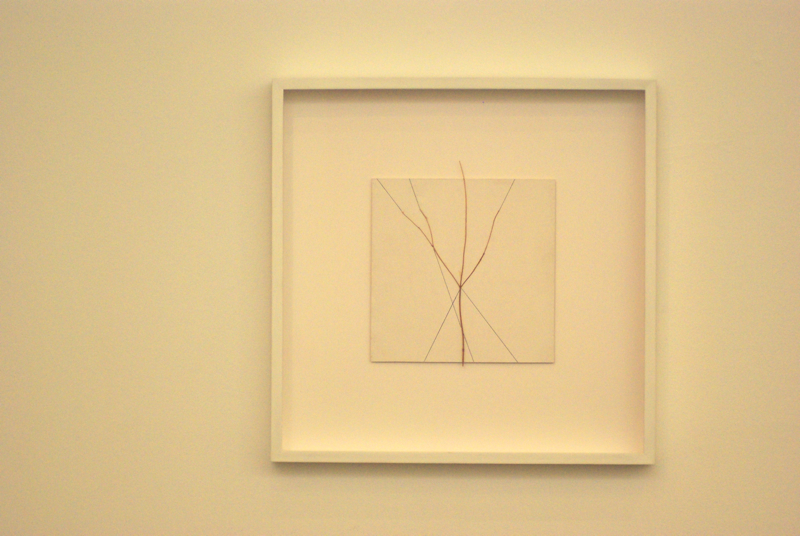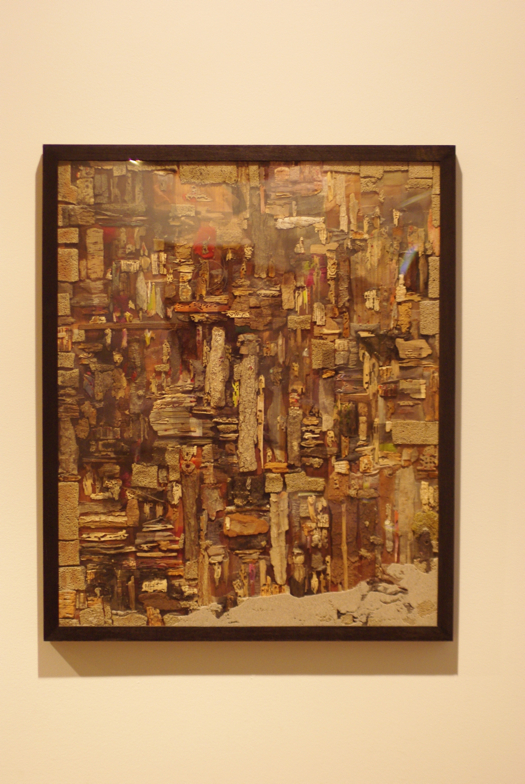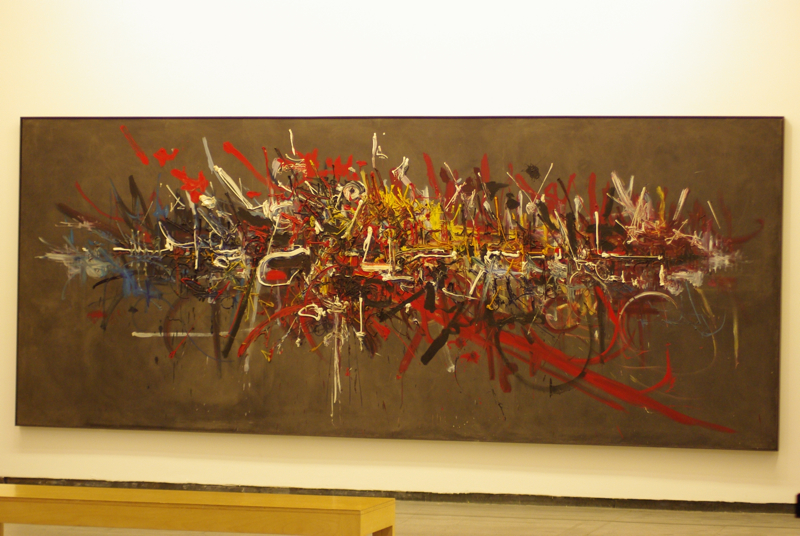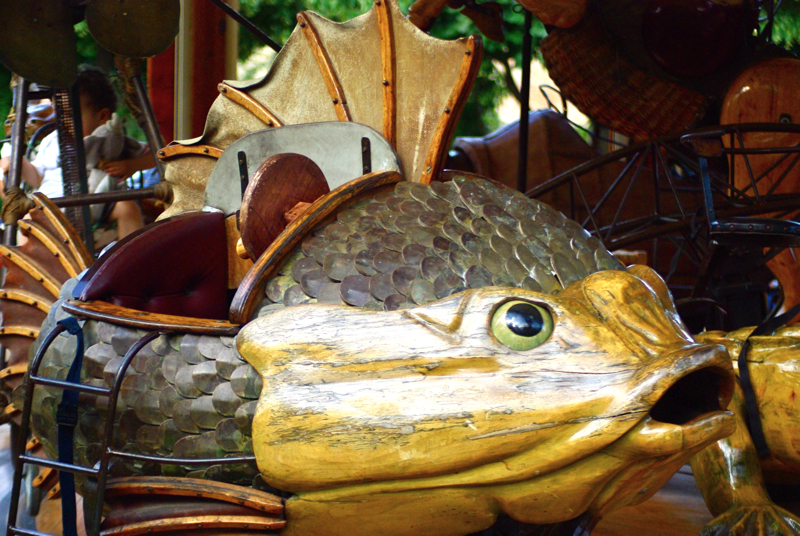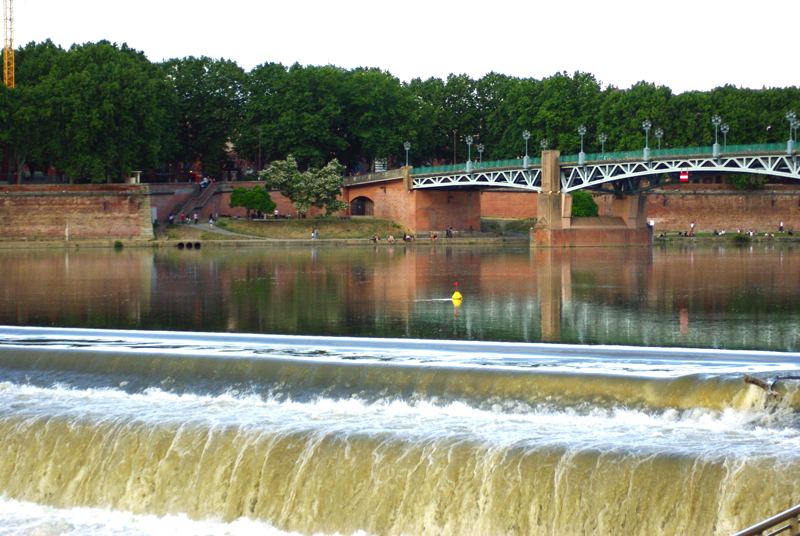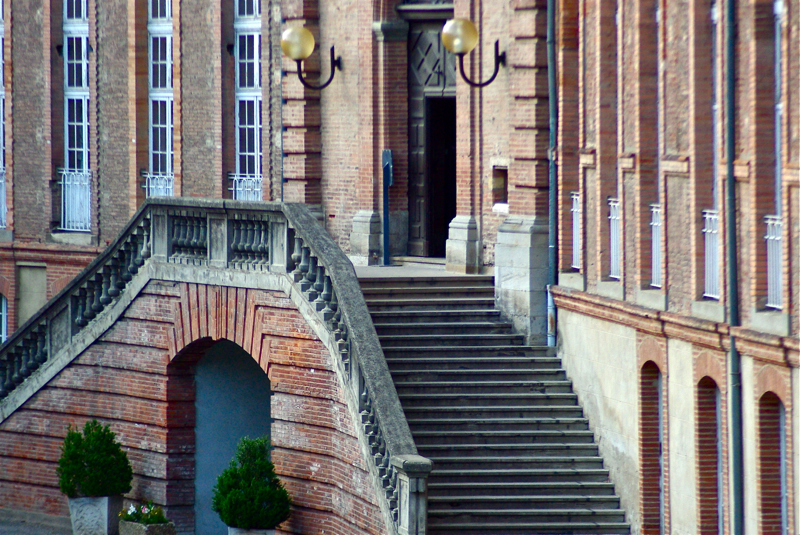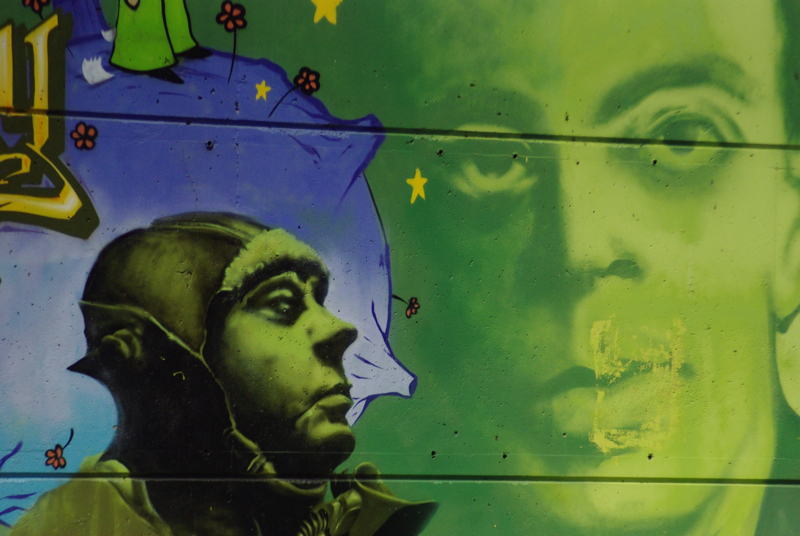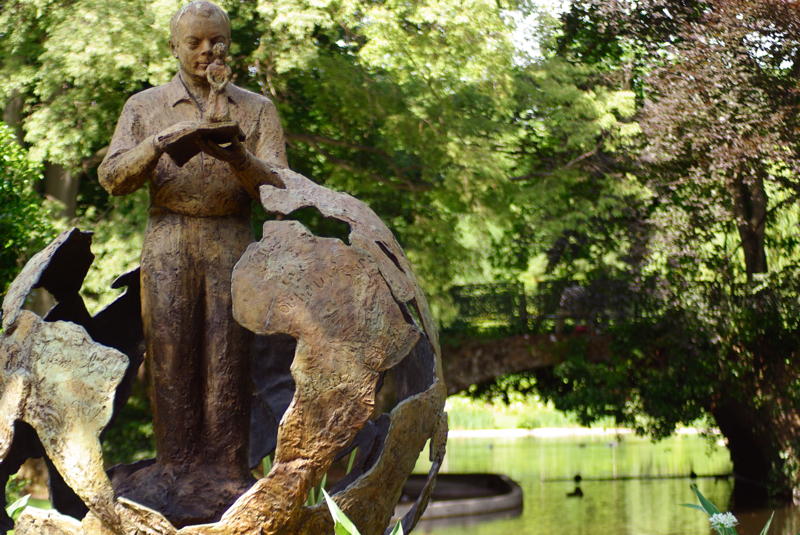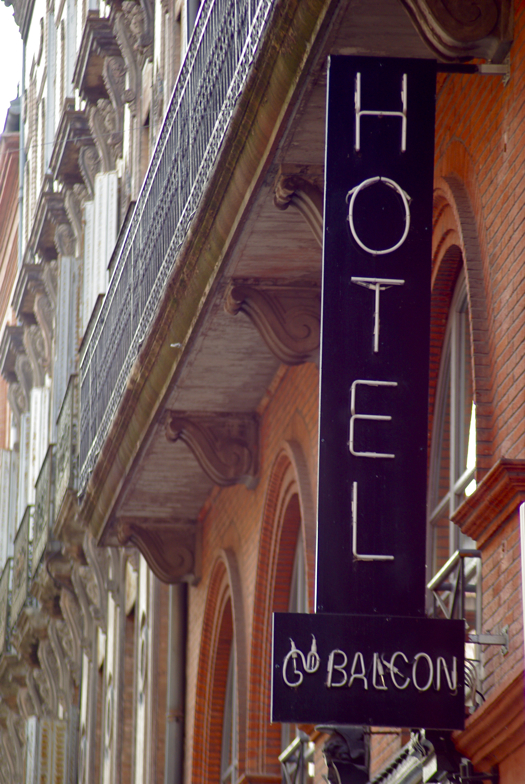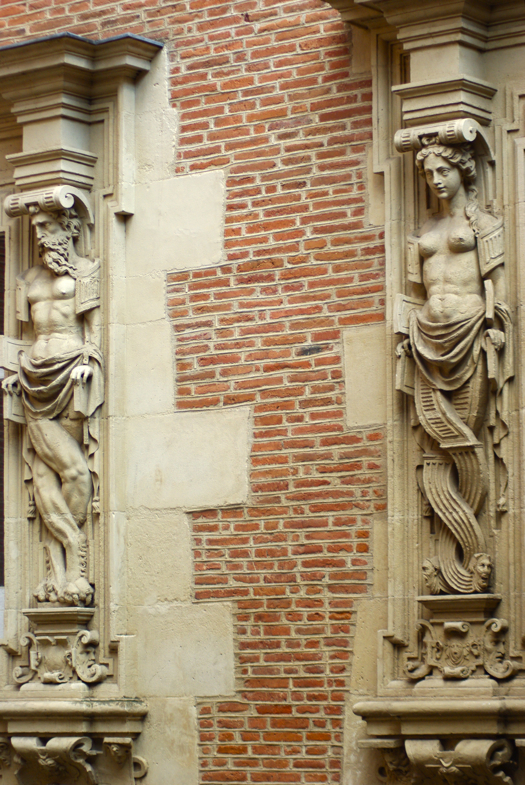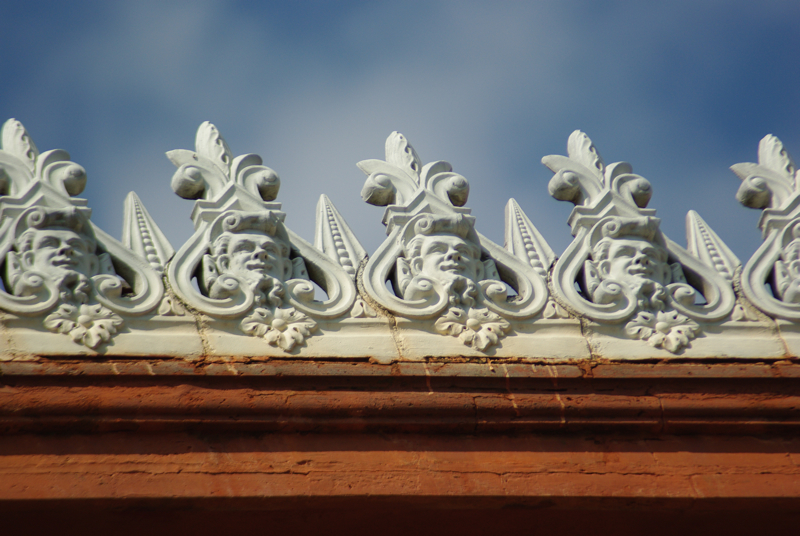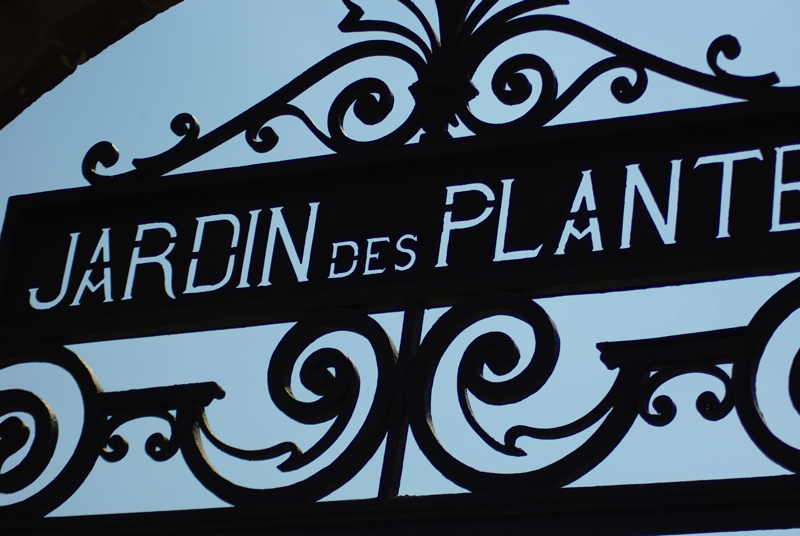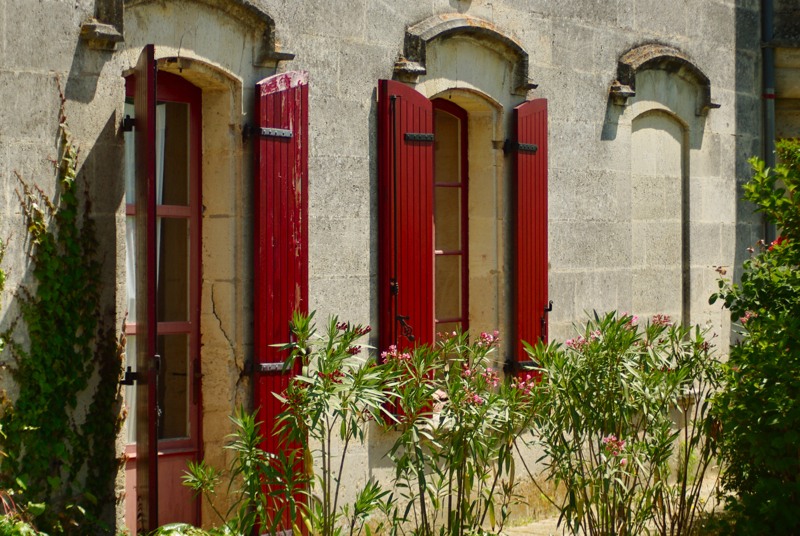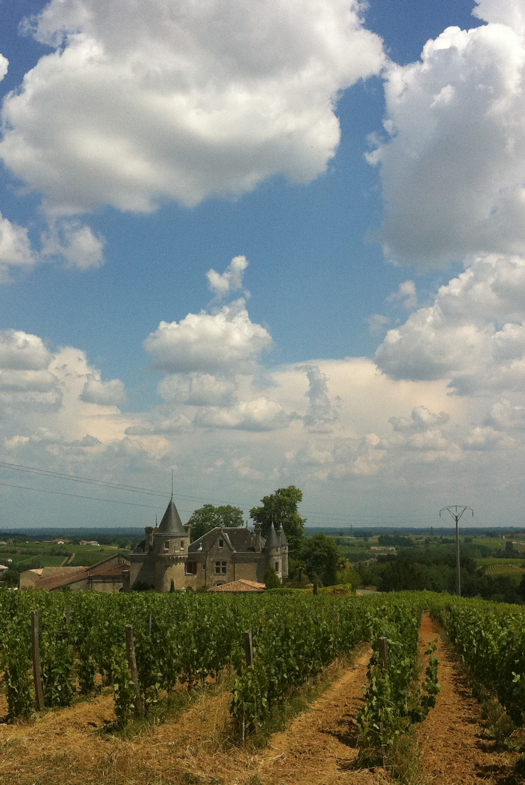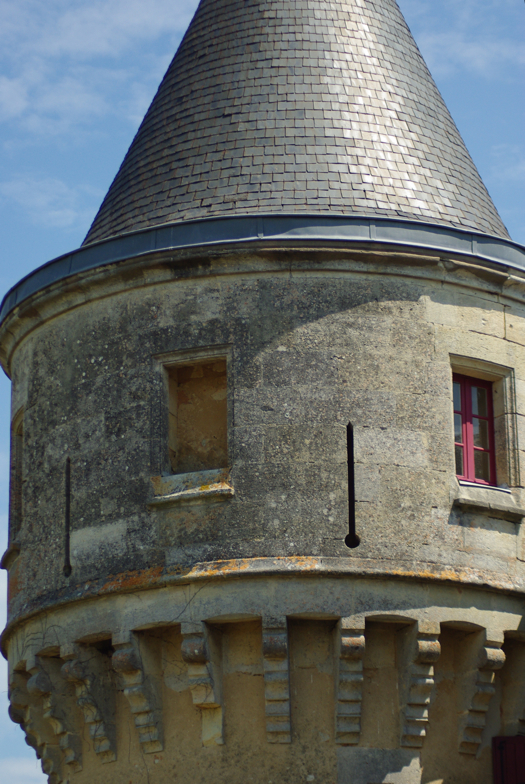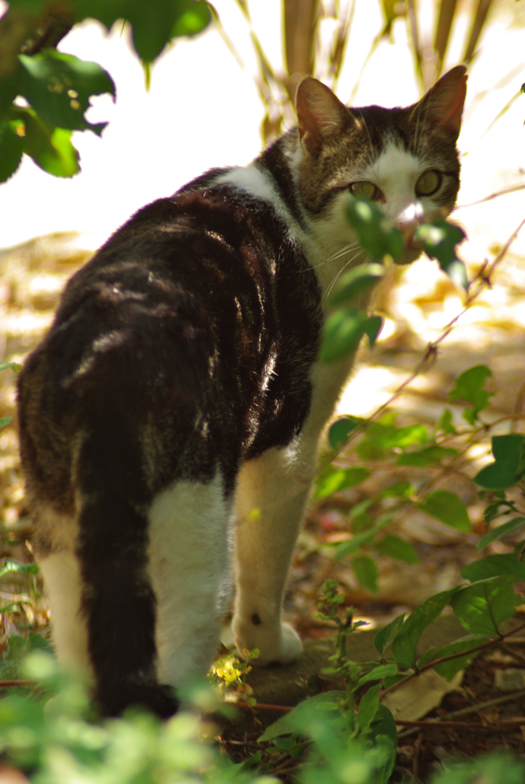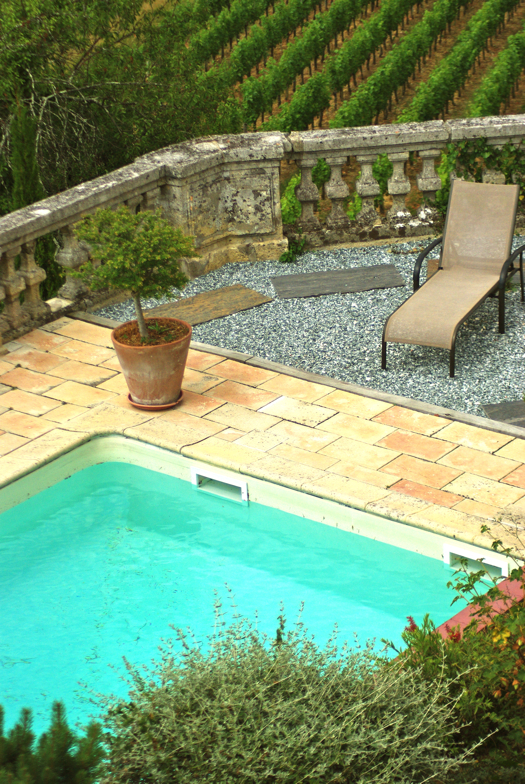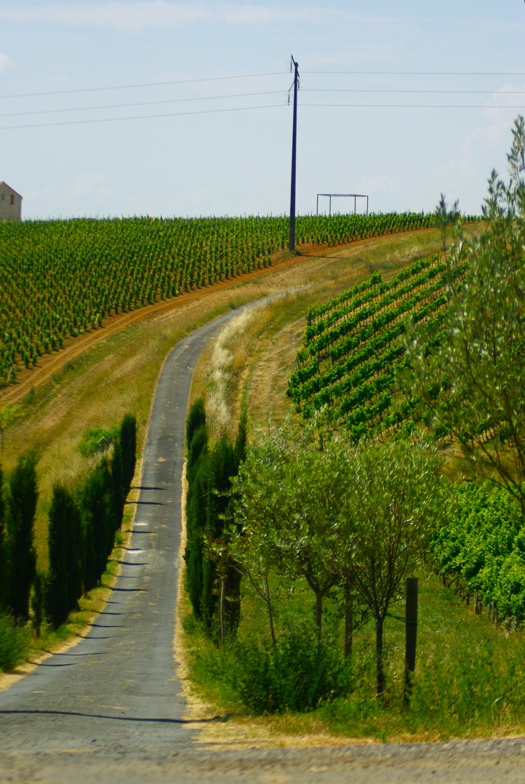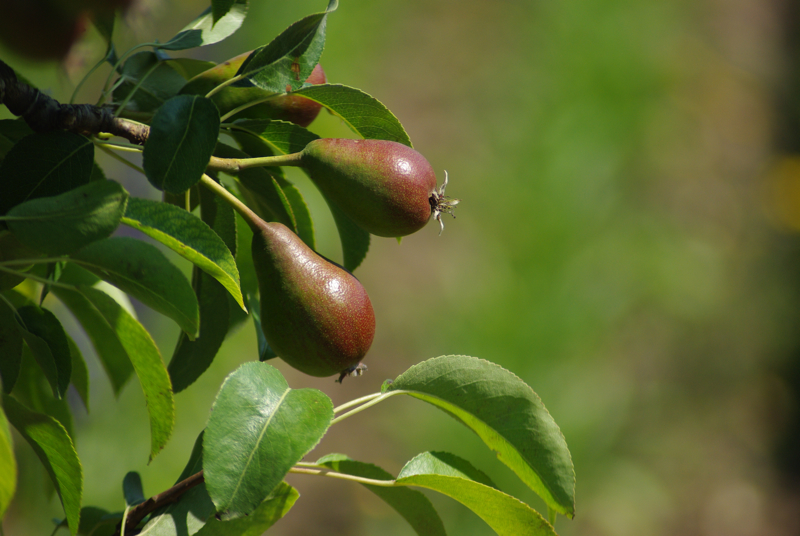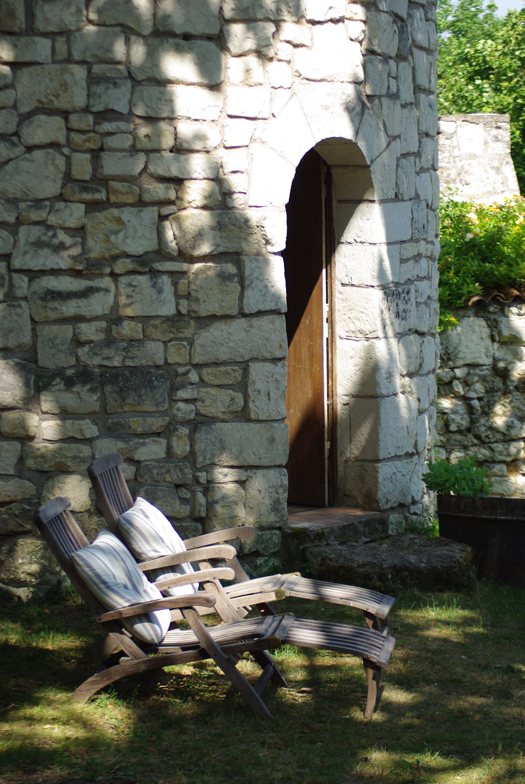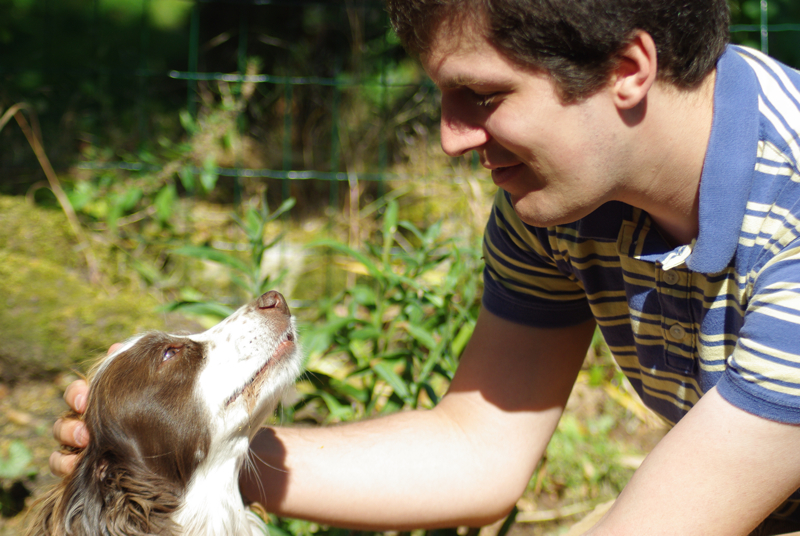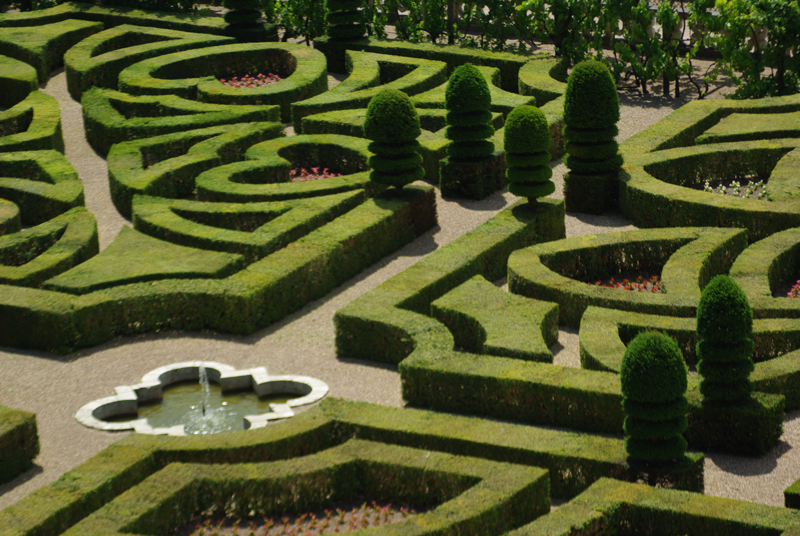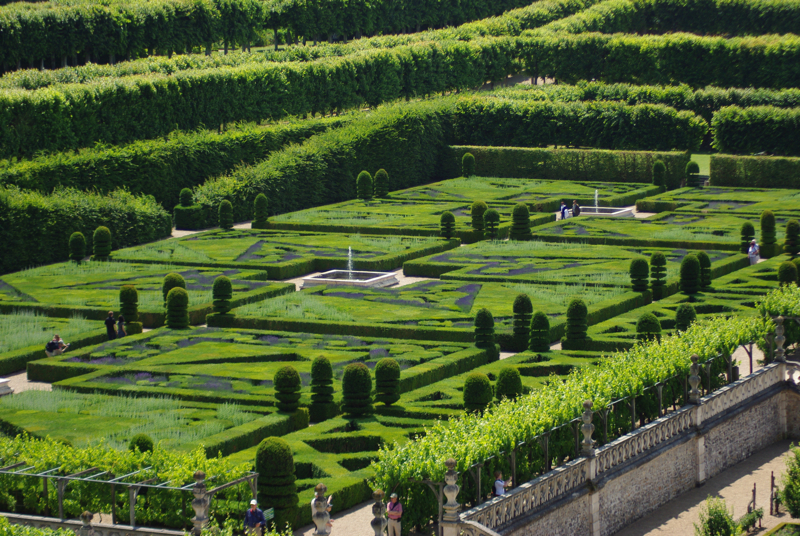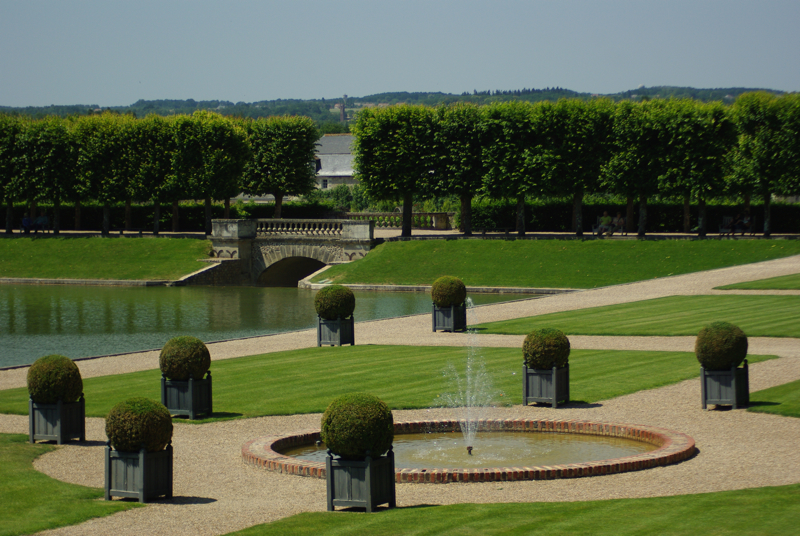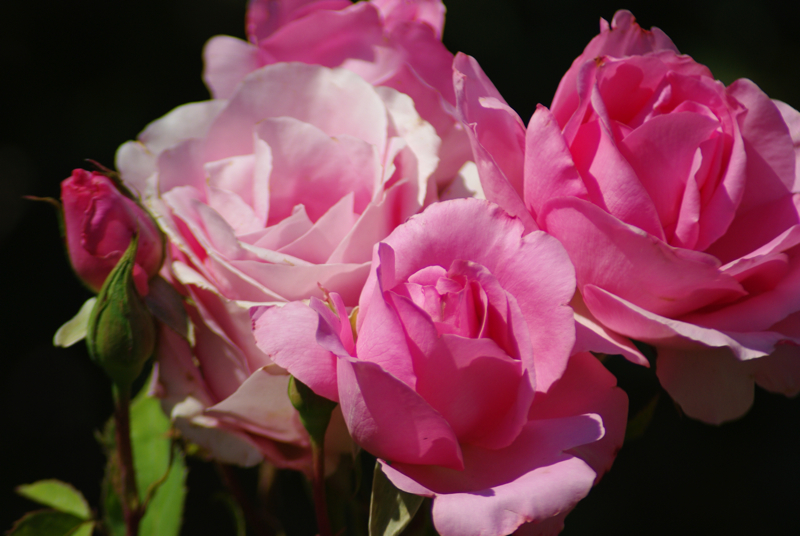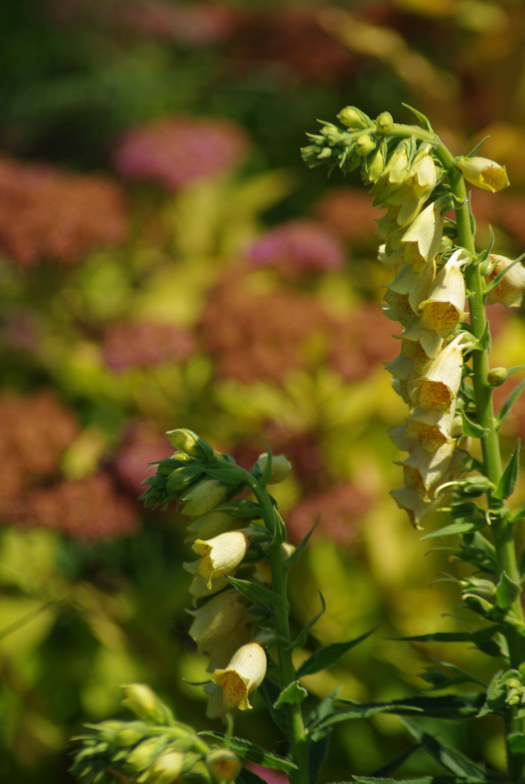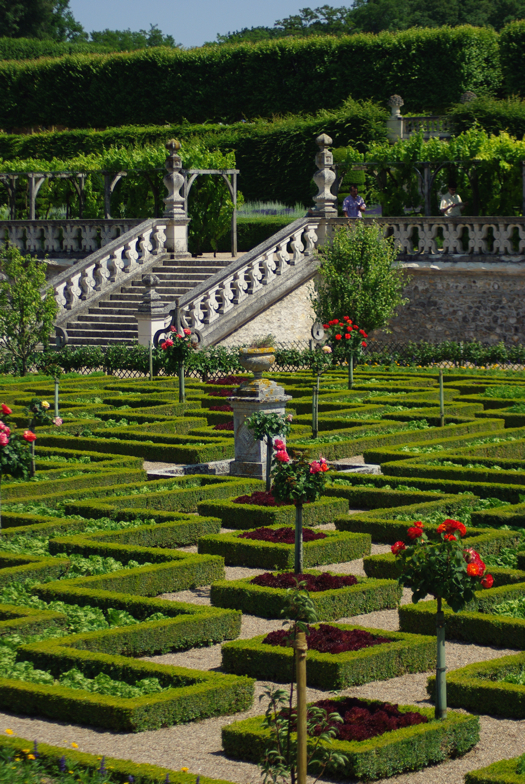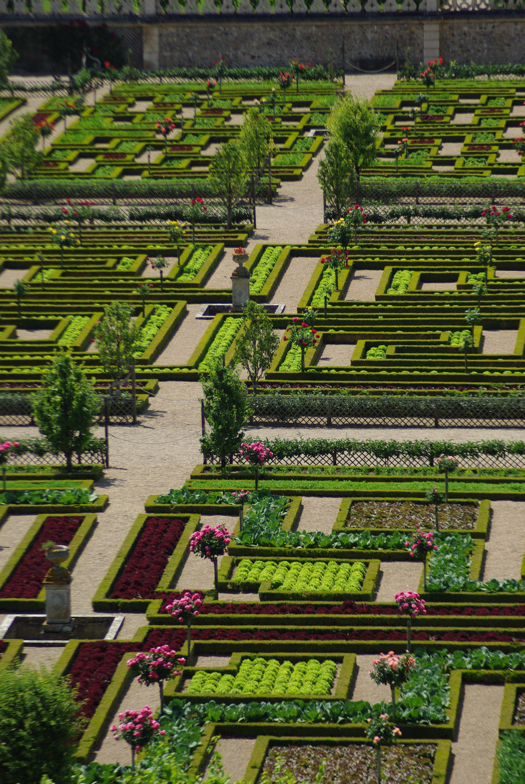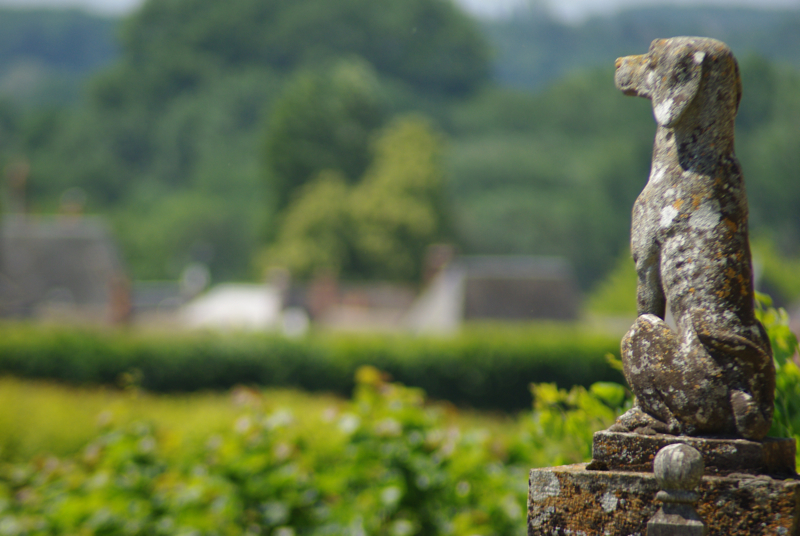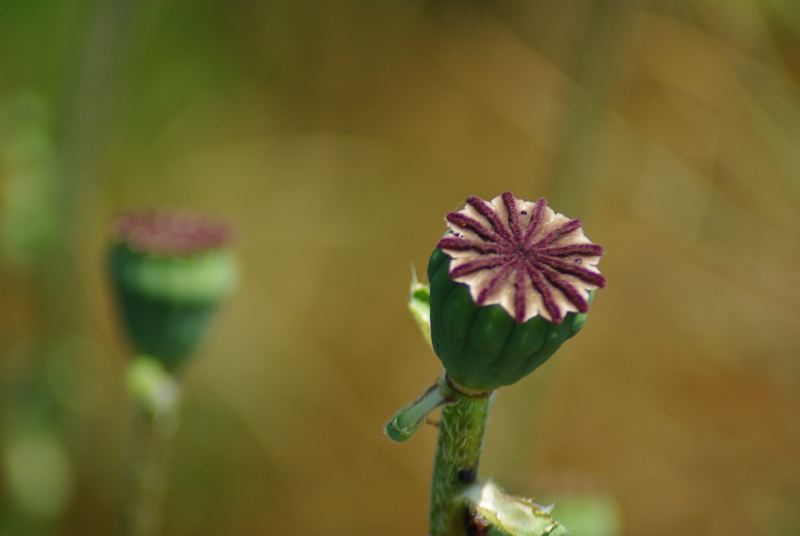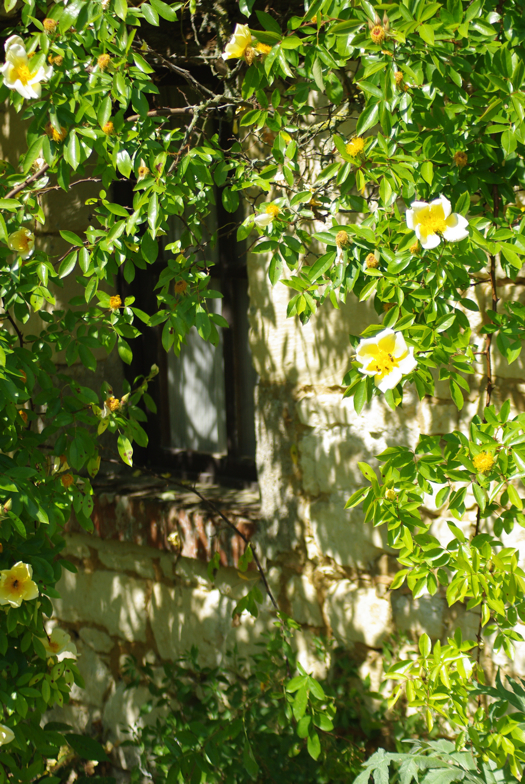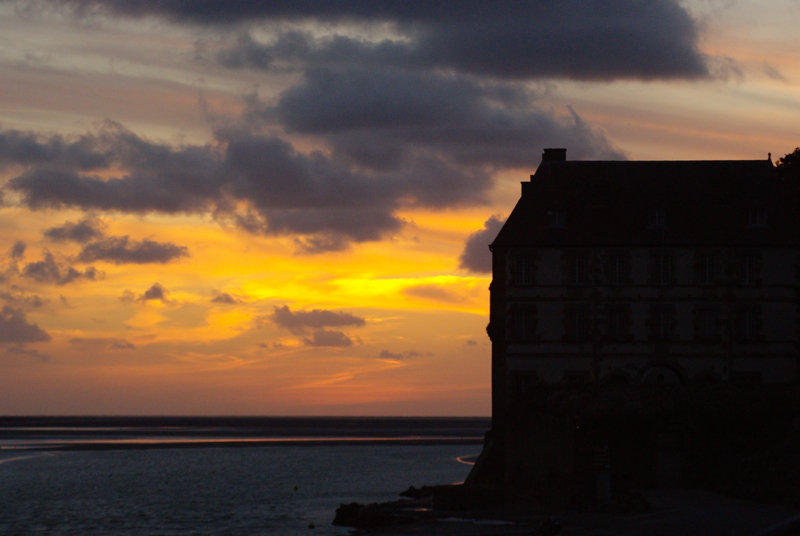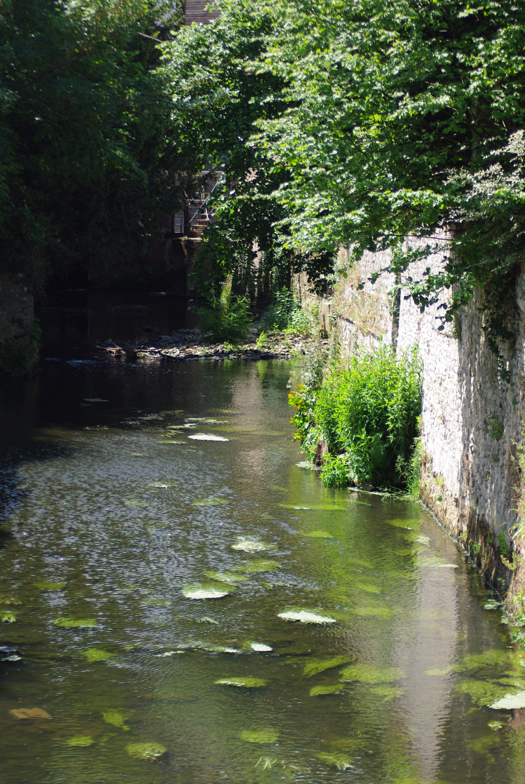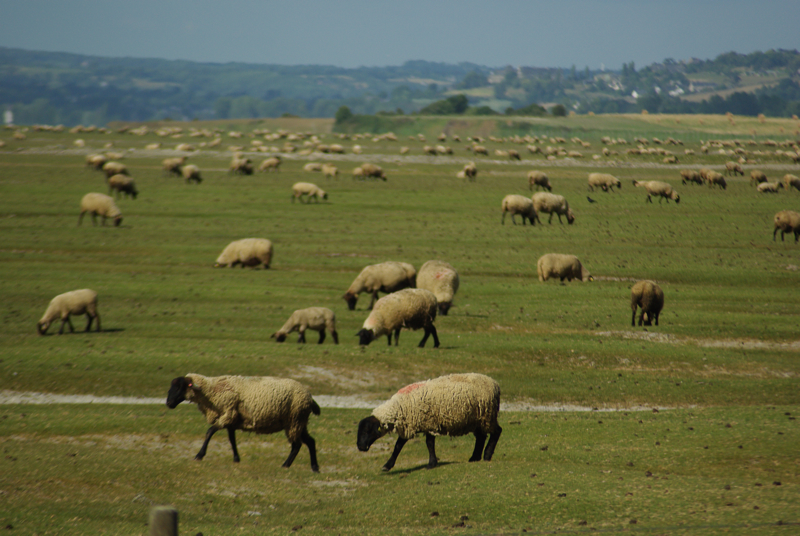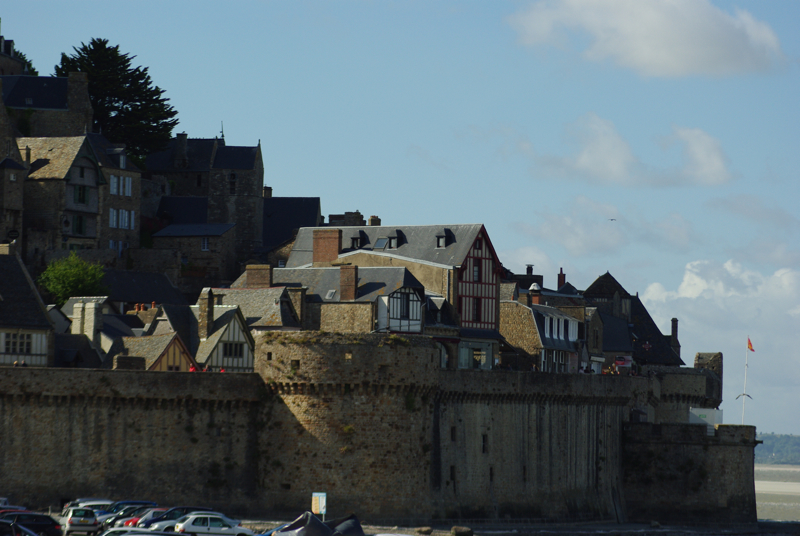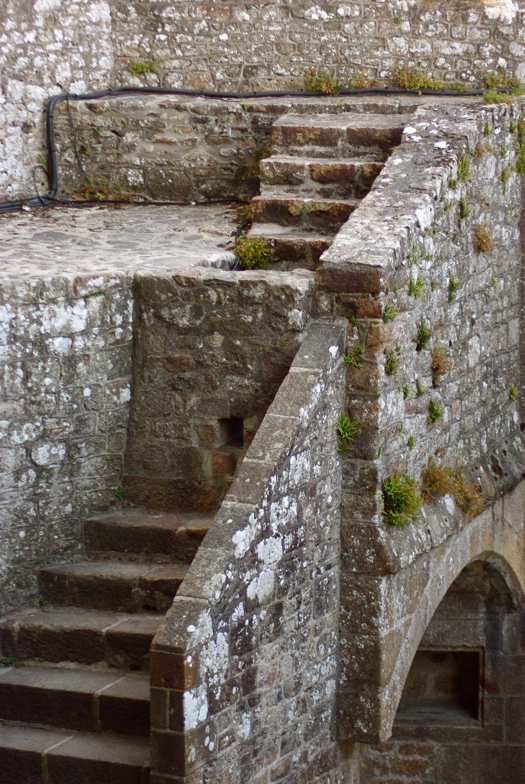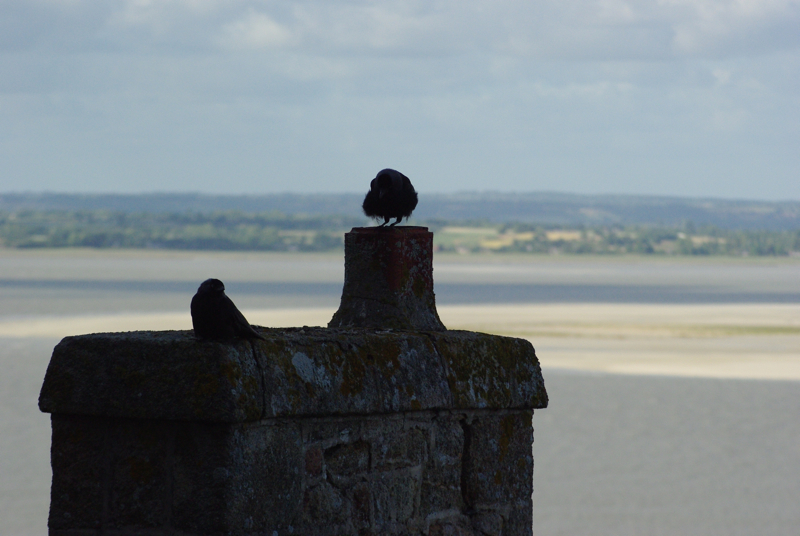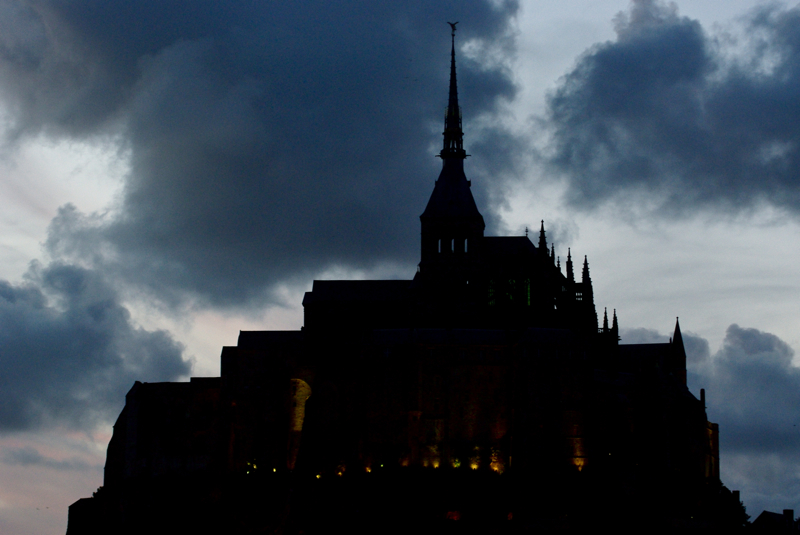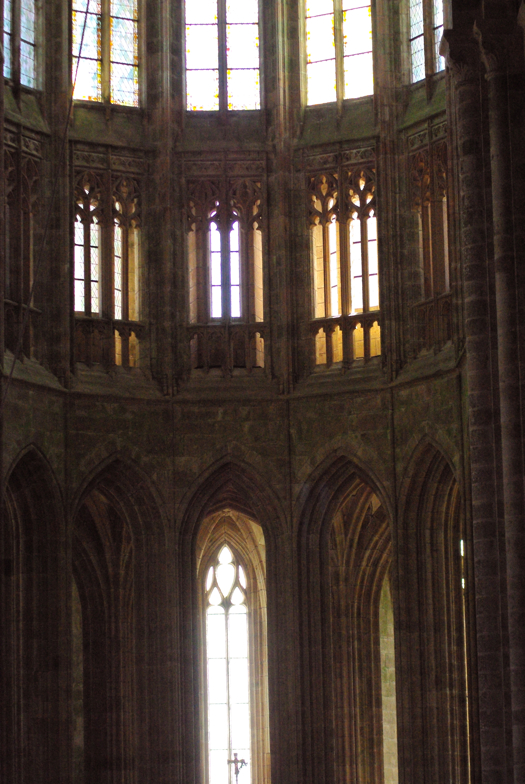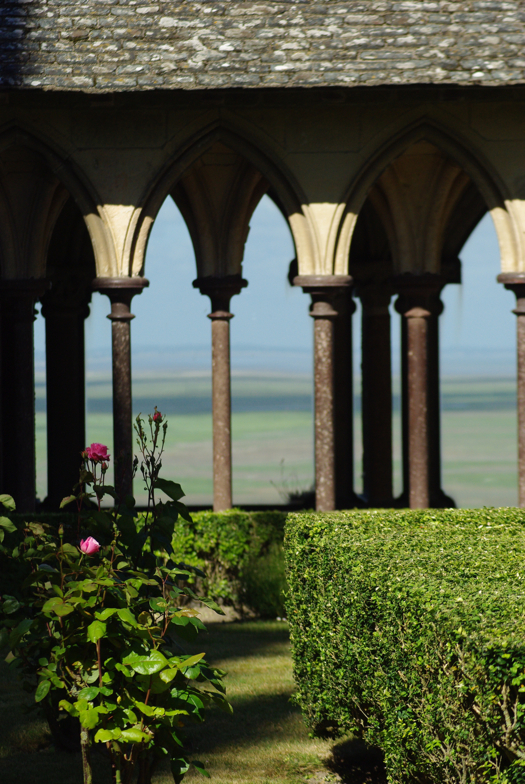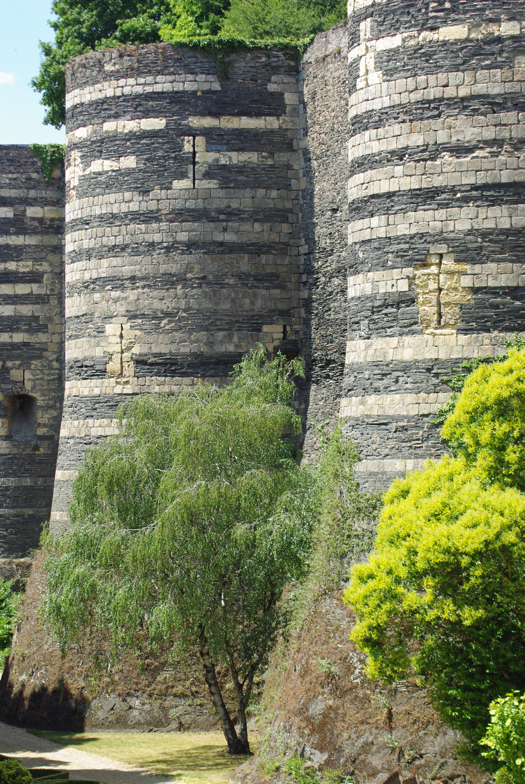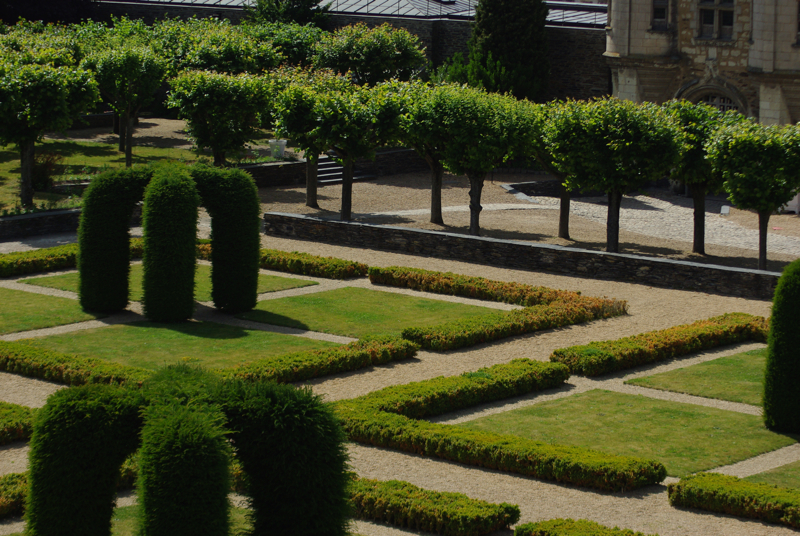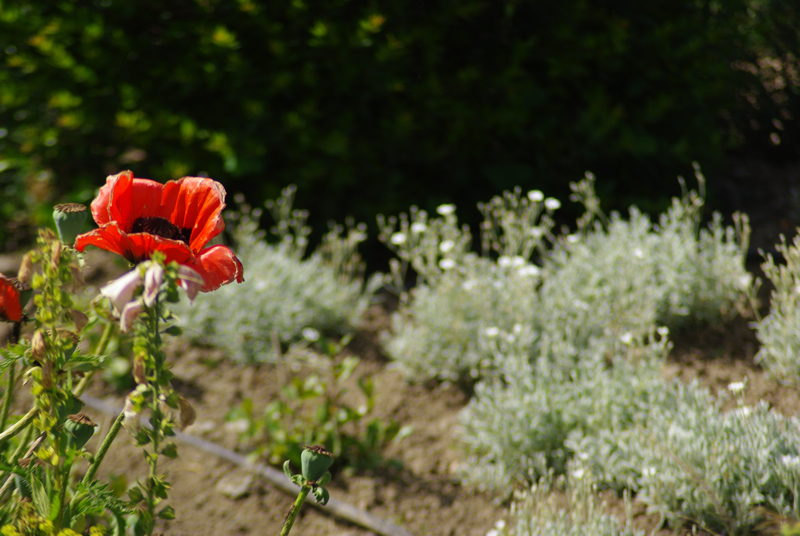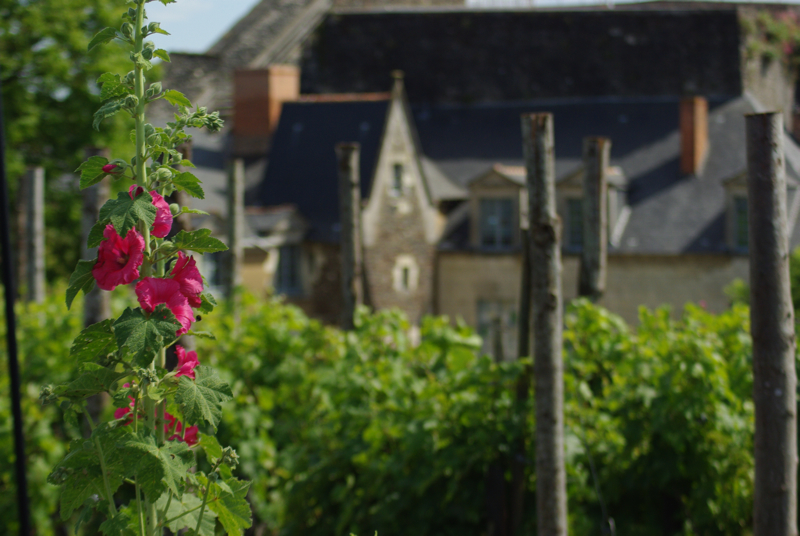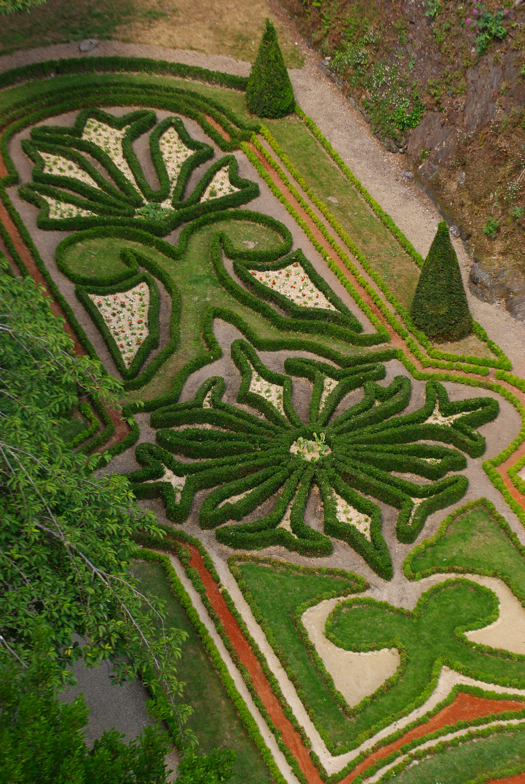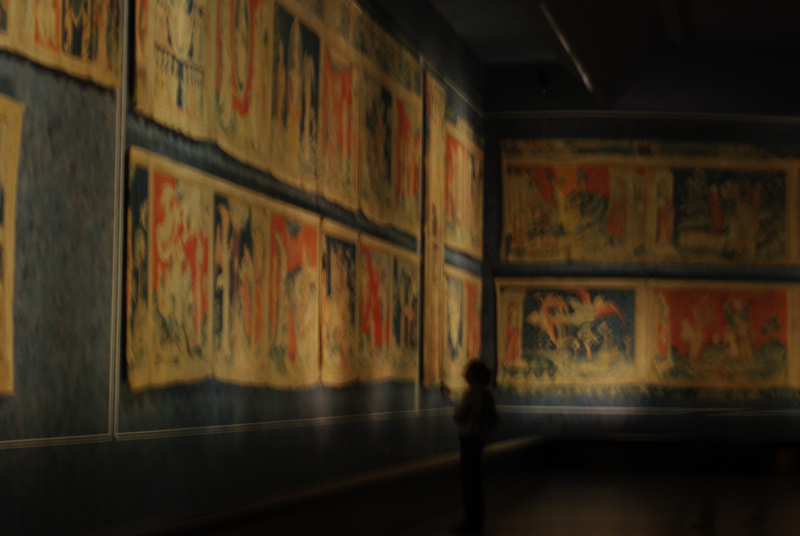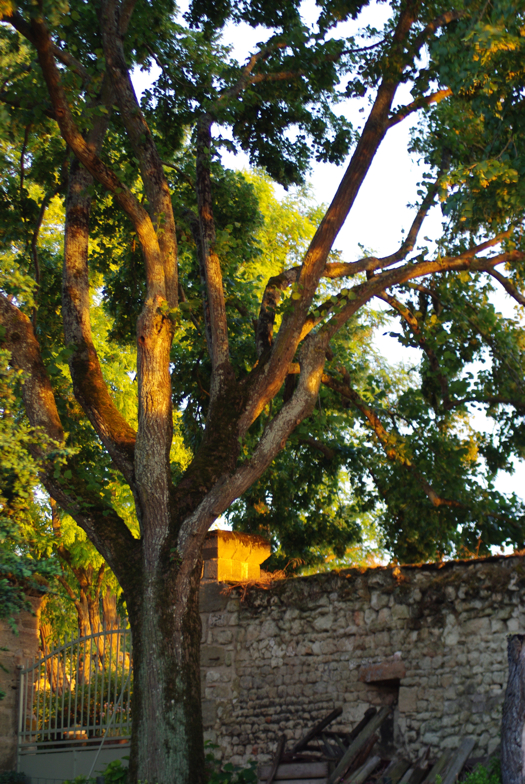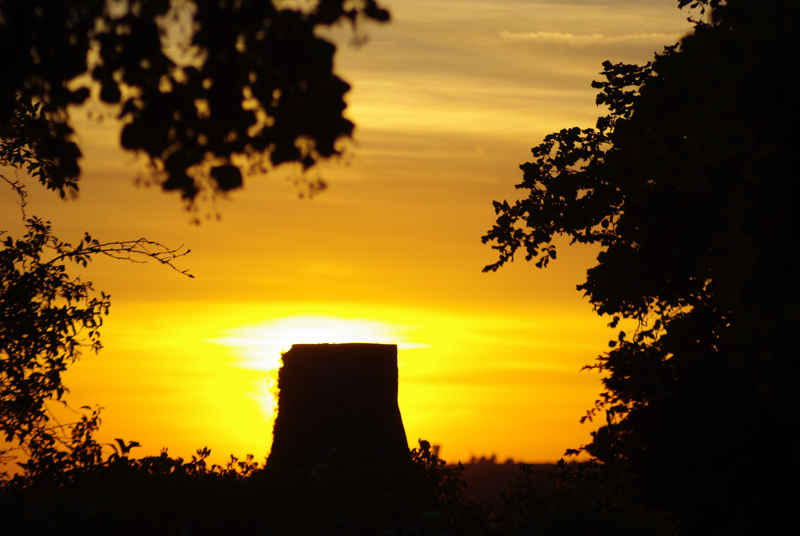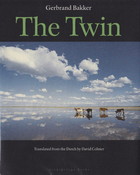
Back in September, I suggested Gerbrand Bakker's 2006 novel The Twin (translated by David Colmer) as an unconventional but relevant choice for the Gothic and mystery-themed RIP Challenge V. Having now actually read The Twin, I'm pleased to say not only that I enjoyed it quite a lot, but also that I can firmly stand by my odd categorization. There are other ways to read The Twin—as a pastoral novel, or a piece of quiet psychological realism—but I thought it might be fun to spend my post reading Bakker's work as a piece of Gothic fiction.
So. What's so gothic about The Twin? First and foremost, we're talking about a genre obsessed with stagnation, and with and the inevitable decay and death of the human body and man-made works. The Twin delivers on both counts: Helmer, its middle-aged protagonist, has spent the last thirty years stuck in the farming life he once tried to escape, ruled over by his increasingly infirm farmer-father, now on the edge of death. Although not a crumbling castle or a ruined abbey, the farm inhabited by Helmer and his dad is quickly established as a relic from another era, a place that has been bypassed by progress and the passage of time. In one early chapter, Helmer stands by his farmhouse as two young men canoe past; he is frozen in place as he watches the rest of the world pass by:
I was standing at the side of the house, unseen, and watched them trying to cut each other off. Their paddles slapped against the yellow water lilies. The canoe in front turned sideways and got trapped with its nose against the bank of the canal. The lad glanced up. "Look at this farm," he said to his friend, a redhead with freckles and sunburnt shoulders, "it's timeless. It's here on this road now, but it might just as well be 1967 or 1930."
The redhead subjected my farm, the trees and the field the donkeys were grazing at the time to a careful appraisal. I pricked up my ears. "Yes," he said after a long while, "those donkeys are old-fashioned, all right."
The boy's remark is ironic, since the purchase of the donkeys is actually the only change Helmer has dared make in thirty years—the only aspect of the farm that wouldn't have been present in 1967 or 1930. Yet even they come off as "old-fashioned." A moment later, Helmer yearns after the two canoeists but feels he can't follow them: "I was stuck with nowhere to go, there was nothing I could possibly be working on around that side of the house." The isolation of the few people living at the farm—Helmer, his father, and eventually a teenage boy—is only accentuated by their occasional contact with the outside world in the form of canoeists or livestock dealers: a technique often used in Gothic fiction and mystery novels to heighten the suspense.
And if these excerpts paint Helmer as wholly a sad-sack victim, rest assured there is a more sinister and even eerie aspect to his character as well. Helmer is stuck in his stagnating farmer's life because thirty years ago his twin Henk, the one who loved farming and who was best loved by the boys' father, died in a car crash, and the second-choice brother was expected to take his place. The lost twin is, as one might expect, a ghostly presence throughout the novel; Helmer feels himself only half a person without Henk, but he also resents his twin for saddling Helmer with a life he never wanted, and leaving him as caretaker to the twins' once-abusive father.
The dynamic between father and son is, in fact, one of the creepiest and most morally ambiguous aspects of the novel. The opening sentence, "I've put Father upstairs," gives a good feeling for this facet of The Twin: Helmer has ceased to consider his father's wishes, making of this one-time tyrant a mere object to be moved around at will. "Father" has no agency in this sentence. Indeed, we see later on that while Helmer generally does provide his father with the basic necessities of life, his neglect verges at times on cruelty: the old man will say "I'm hungry," for example, and Helmer will answer "I get hungry sometimes too," but will not necessarily bring up any food. The reader's knowledge that the old man once beat and bullied his sons doesn't make his current state a comfortable one. The tyrant/subject or captor/captive relationship is a staple of gothic fiction, and Bakker plays with the trope in interesting ways by allowing both Helmer and his father to occupy both roles. The power dynamic between them has recently reversed (in fact, it may reverse exactly with that first sentence, when Helmer takes his father upstairs), and the reader is never quite sure which man is tyrannizing over the other, or where, if anywhere, her sympathies should lie. To my mind, this aspect of the novel is more genuinely disturbing than most similar dynamics in gothic fiction: the realist elements of Bakker's novel make the frailty of the elderly man very tangible, and Bakker's refusal to completely villainize or vindicate either character leaves the reader to draw her own uncomfortable conclusions.
There are other eerie touches as well. The ghostly twin is figuratively reanimated in the form of the teenaged son (also named Henk) of Helmer's brother's former fiancée. This is disconcerting enough for Helmer, but the approach of Henk Jr. and his mother Riet is also surrounded by a series of subtle but atmospheric details: noises in the night, phone calls with no one on the other end, the arrival of an unusual hooded crow which seems to watch Helmer and ends up wounding Henk Jr. in a bizarre accident. Later in the book there is an incident with a drowning sheep that reminded me of the final pages of Willa Cather's The Professor's House. None of these touches are actually supernatural, but their cumulative psychological effect on Helmer makes that almost irrelevant. He is a deeply uneasy, mildly unreliable narrator, and, as he says himself, has been "scared all [his] life." "In the back of my mind I knew that I saw things that couldn't possibly be there," he says, and he sees meaning in these events, whether that meaning exists outside himself or not.
One of the things I appreciated about The Twin, especially in contrast to The Brief Wondrous Life of Oscar Wao, was the subtlety of Bakker's plotting and characterization. He does not bludgeon the reader with what he is doing here. If Helmer is even unreliable, for example, he's only very slightly unreliable—only as unreliable, truthfully, as any human might be if they tried to tell their own story, given that we all carry our own sets of grudges and investments. Helmer has a memory of spending hours as a boy with the farmhand Jaap, learning to skate on the frozen pond:
As I remember it, he skated around with me like that for hours. Long after Mother had finished her figure of eights. But it can't have been like that. Father must have strode out into the field to remind him sharply that he had more important things to do than entertain himself on the ice. He would have glared at me—a six- or seven-year-old kid—because Henk was doing the yearlings. Or collecting eggs, perhaps tail docking. Mother would have been downcast in the kitchen, back at work, because even she would have had an earful. Skating with the farmhand, what was she thinking?
Here the reader can sense Helmer's resistance to the idea that he may have a genuinely happy childhood memory. He remembers skating for hours with Jaap, but then he pushes back against his own recollection: it couldn't have been like that, because that memory contradicts the picture of his father he has built up in his own mind. Instead of believing what he actually remembers, then, Helmer superimposes a series of scenes he tells himself must be the actual, unremembered truth: his father's glares and lectures, his brother's happy farm labor, his mother's downtrodden submission. Not that we are supposed to disbelieve completely in either vision. We see behavior first-hand from Helmer's father that reinforces his son's vision of him as mean and petty, yet we also see a more vulnerable and well-meaning side to him that would be consistent with allowing his son to skate with the farmhand. I left the novel convinced that the truth was probably somewhere in the middle, but convinced also that nobody—not me, or Helmer, or his father—can really know for sure.
Psychological ambiguity; physical and emotional stagnation; a kind of family curse and a persistent, partially-reanimated ghost; a captive in the attic who is sometimes passed off as dead; noises in the darkness and oddly threatening animals; a farm left behind by the progress of modernity: it's a pretty gothic collection of traits for an understated psychological study involving no explicit horror at all.
The Twin is my last-minute contribution to Iris's Dutch Literature Month. Thanks for motivating me to pick up Bakker at last, Iris!


